Louis Vuitton Studio Prêt-à-Porter Homme present their Fall Collection 2024
Seasons of change call for new approaches to dressing. For the Louis Vuitton Studio Prêt-à-Porter Homme, times of transition inspire a dual wardrobe philosophy. The intermediary Fall 2024 Collection proposes a contemporary work-to-play uniform founded in the elevation of everyday adaptability from a generational view of dress codes. Honing the code-switches inherent to the Maison’s menswear practice, the proposition hybridised the traditional tropes of professional and casual dressing in a considered transitional wardrobe. The collection was designed by the Louis Vuitton Studio Prêt-à-Porter Homme as a standalone proposal prior to the debut show of Men’s Creative Director Pharrell Williams in June 2023.
The collection interprets the idea of transition through practical and figurative takes on hybridisation. The mixing of dress codes is evident in the styling of every look, while garments and accessories are themselves spliced from conventionally diverging archetypes. Finally, the visual and artisanal genetics of Louis Vuitton morph and take on new form. It’s a transition illustrated in the main motif of the collection: a pattern transmuted from the textures of corduroy and the Maison’s emblematic Epi leather, interwoven in diagonal lines brought to life through various materials and techniques, which all hint at an optical illusion of movement within the garments and accessories.
The effect appears in the wool jacquard of a green aviator jacket with leather panels, in the fil-coupé of a dark olive generational suit composed of an overshirt and trousers, or the fil-coupé of a sea blue traditional suit with trousers expanded in volume for casual impact. Adapted in the padded wool jacquard of a red bomber jacket with matching shorts, the effect evokes the textures of bags, observing the Louis Vuitton practice of morphing the languages of its accessories and clothes. The impression is echoed in the wool of a red cardigan, and in the embossed suede of a black overshirt. It further materialises in magnified form as prints on shirts, shorts and jackets, which feature alongside a botanic monogram denim work suit.
Drawing on the philosophy of hybridisation, the LV Discovery derby set on a sneaker sole blends the codes of formal- and sportswear. The LV Pacific slip-on proposes a similar sentiment in an elegant and comfortable union between a sneaker sole and suede upper, a meeting mirrored in a chukka version with Damier lining. Adapted in jewellery, the corduroy and Epi fusion is evoked in embossed metals with an aged gold finish. It materialises on plaque bracelets and necklaces as well as band rings.
Employed in the bags from where it stems, the re-interpretation of Epi leather emerges as the red Maxi Epi texture and pattern. It is exercised in an Alma bowling bag, in a Christopher backpack, a soft Polochon tube bag, a distorted Monceau shoulder bag, and a nano Steamer bag. The classic Louis Vuitton monogram emerges in two new colourways: an olive-green canvas with orange lining articulated in a Discovery backpack, a Pochette, a Keepall, and a new half-moon cross-body bag; and a blue canvas with brown lining conveyed in an Avenue Sling cross-body bag and a camera bag.
The Aerogram backpack appears in taupe or light blue grained leather, alongside City Keepalls in light blue grained leather or blue monogram canvas, and small leather goods interpreted in the materials of the collection.
The collection is now available in stores worldwide.
Head HERE for Louis Vuitton’s South African stores.
Press release courtesy of avenue
For more news, visit the Connect Everything Collective homepage www.ceconline.co.za

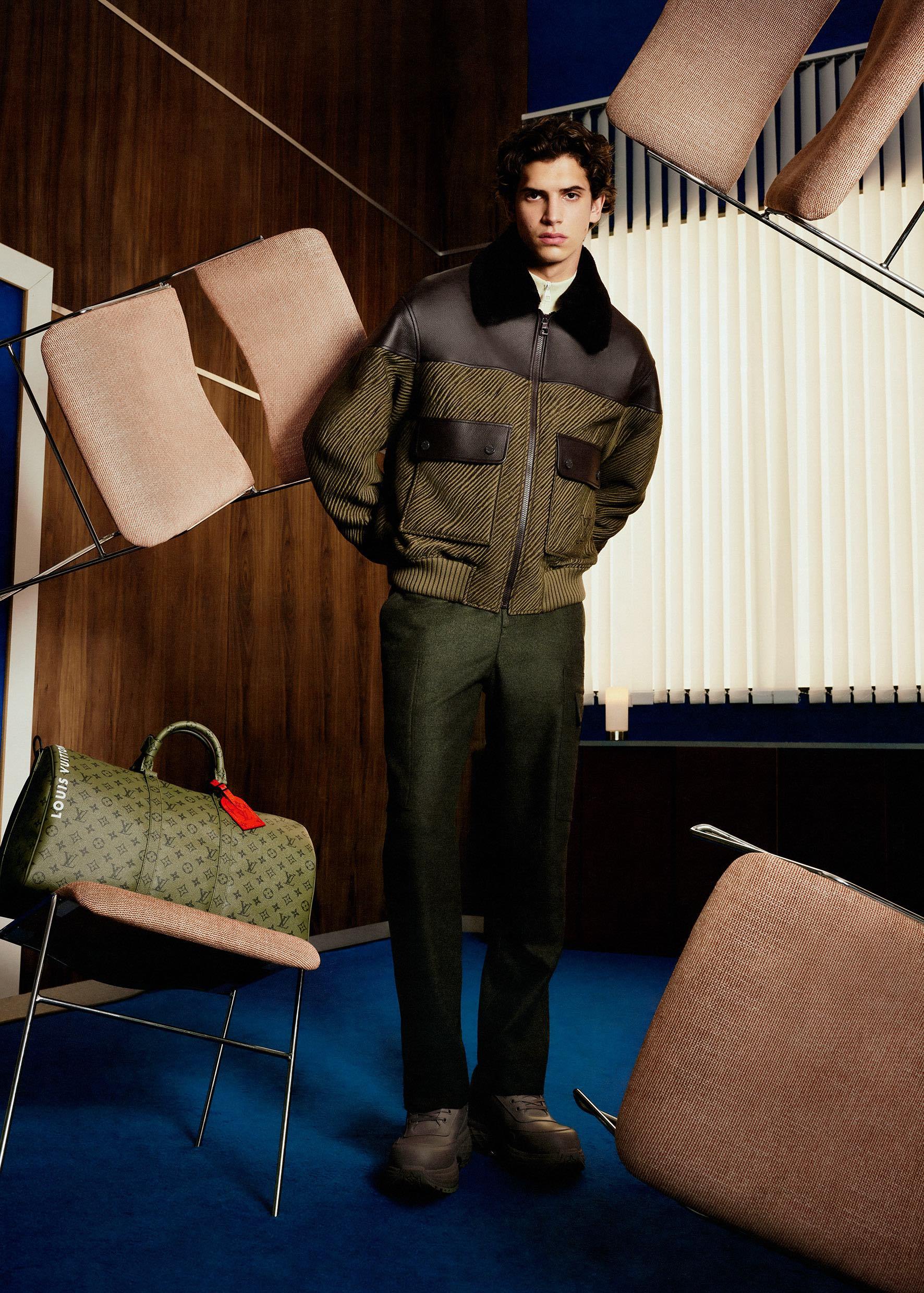
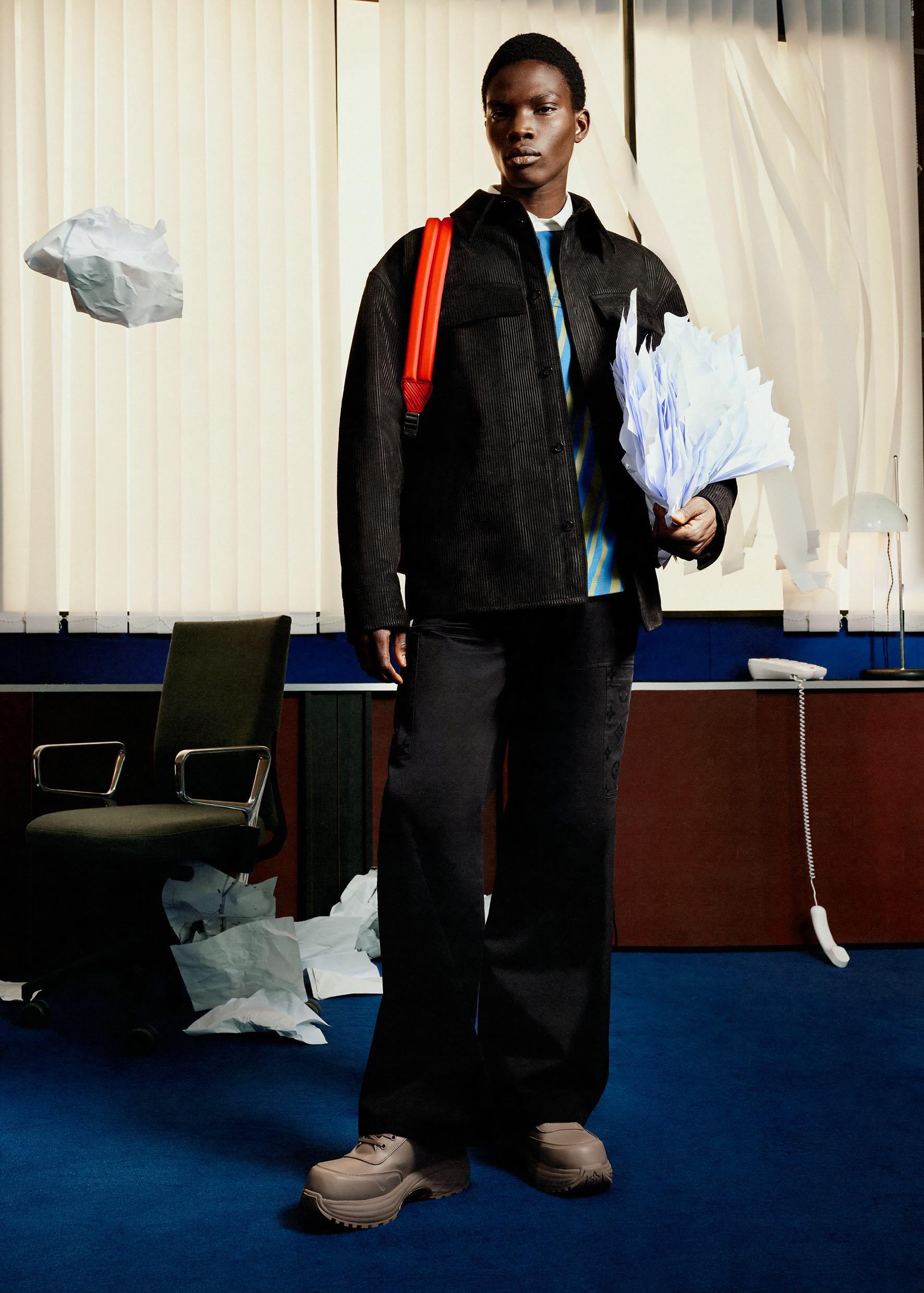
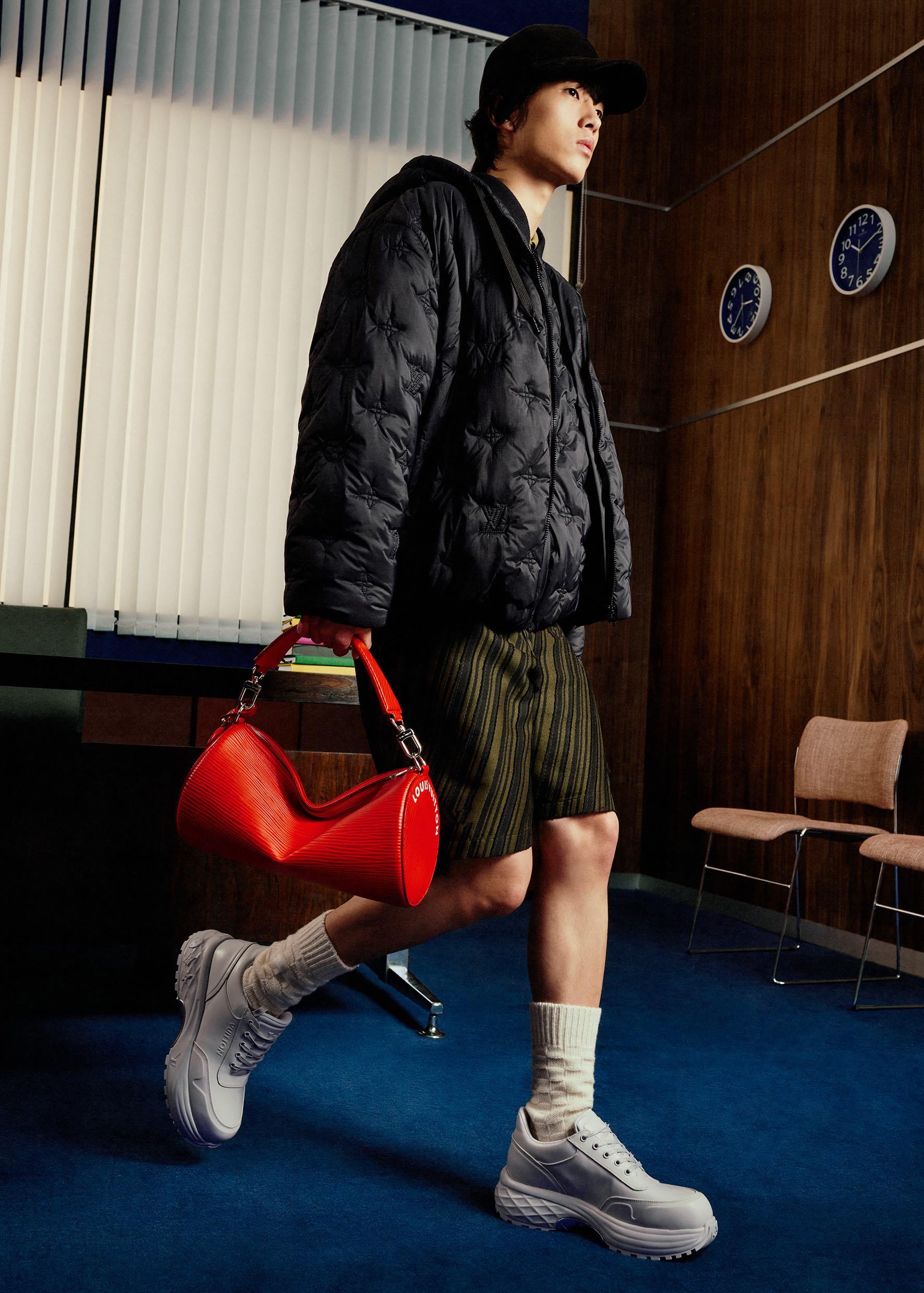
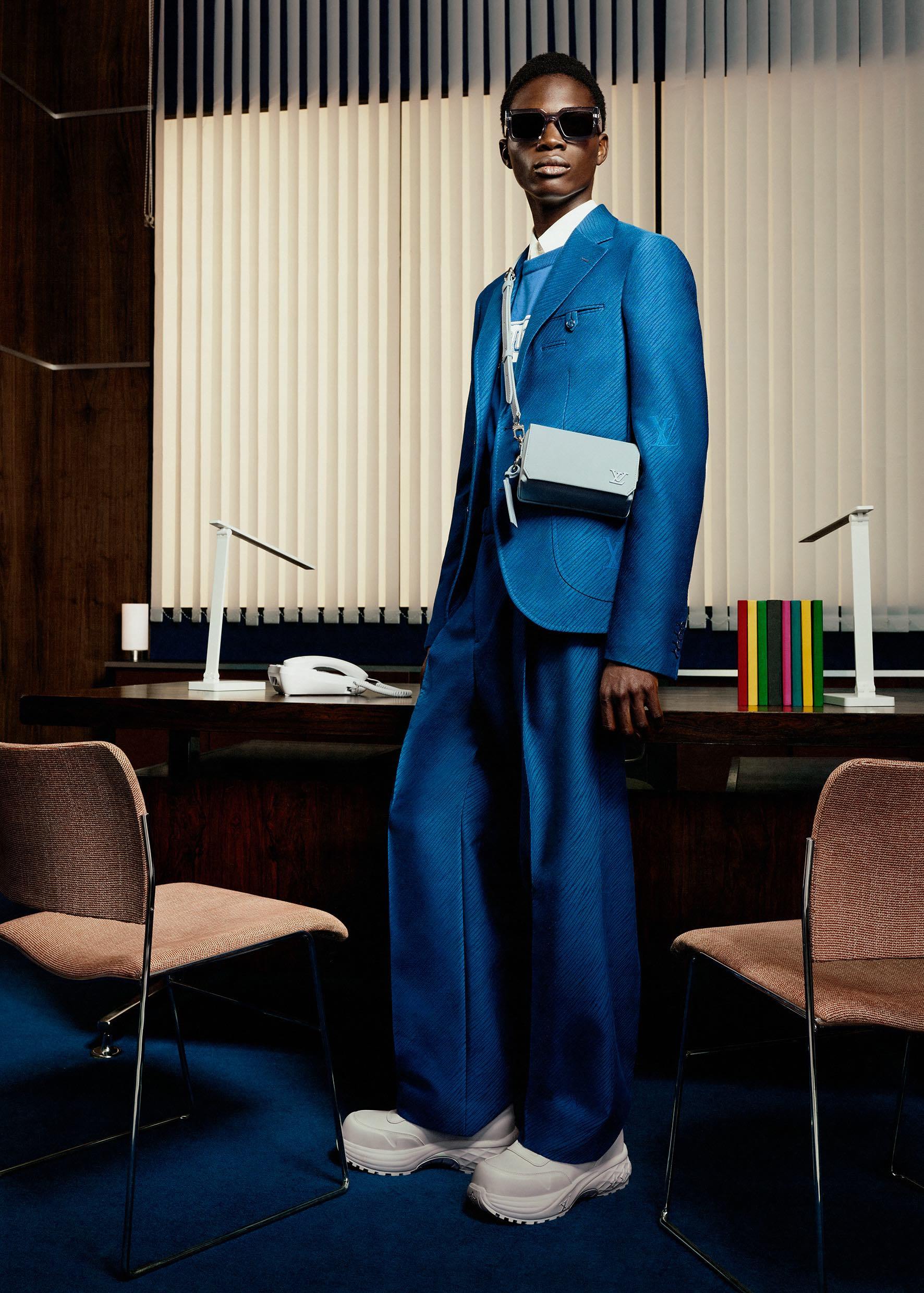
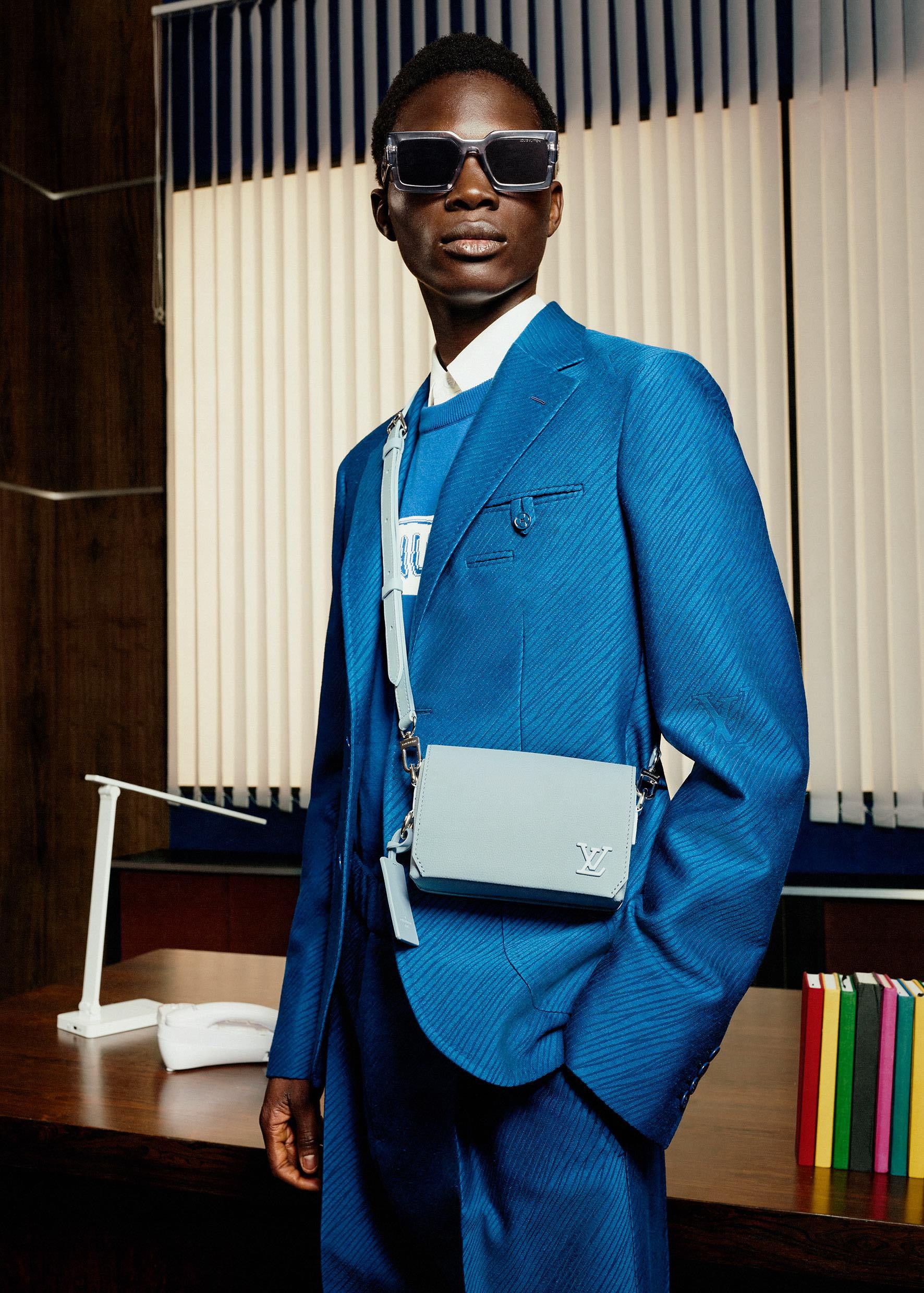
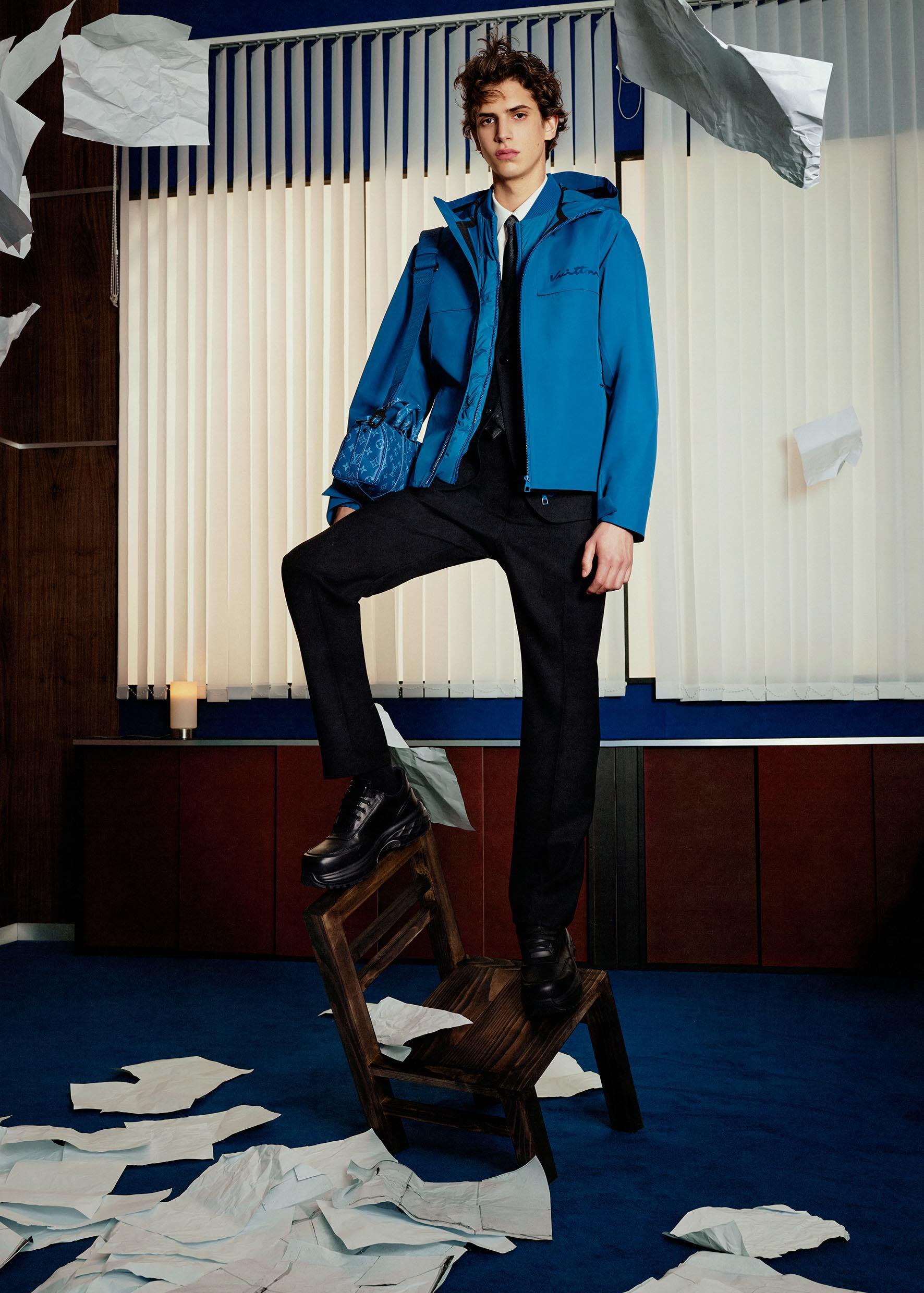
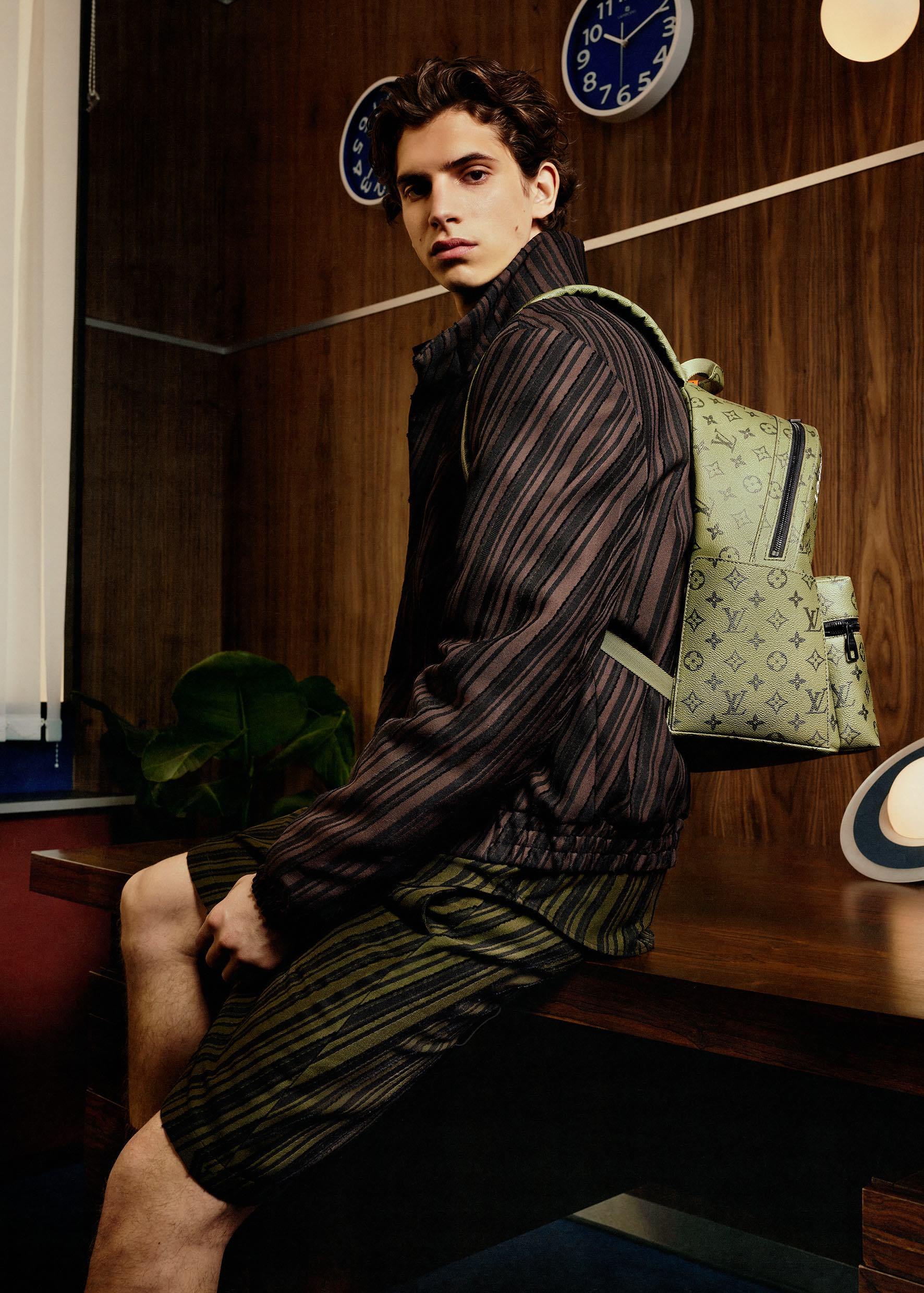
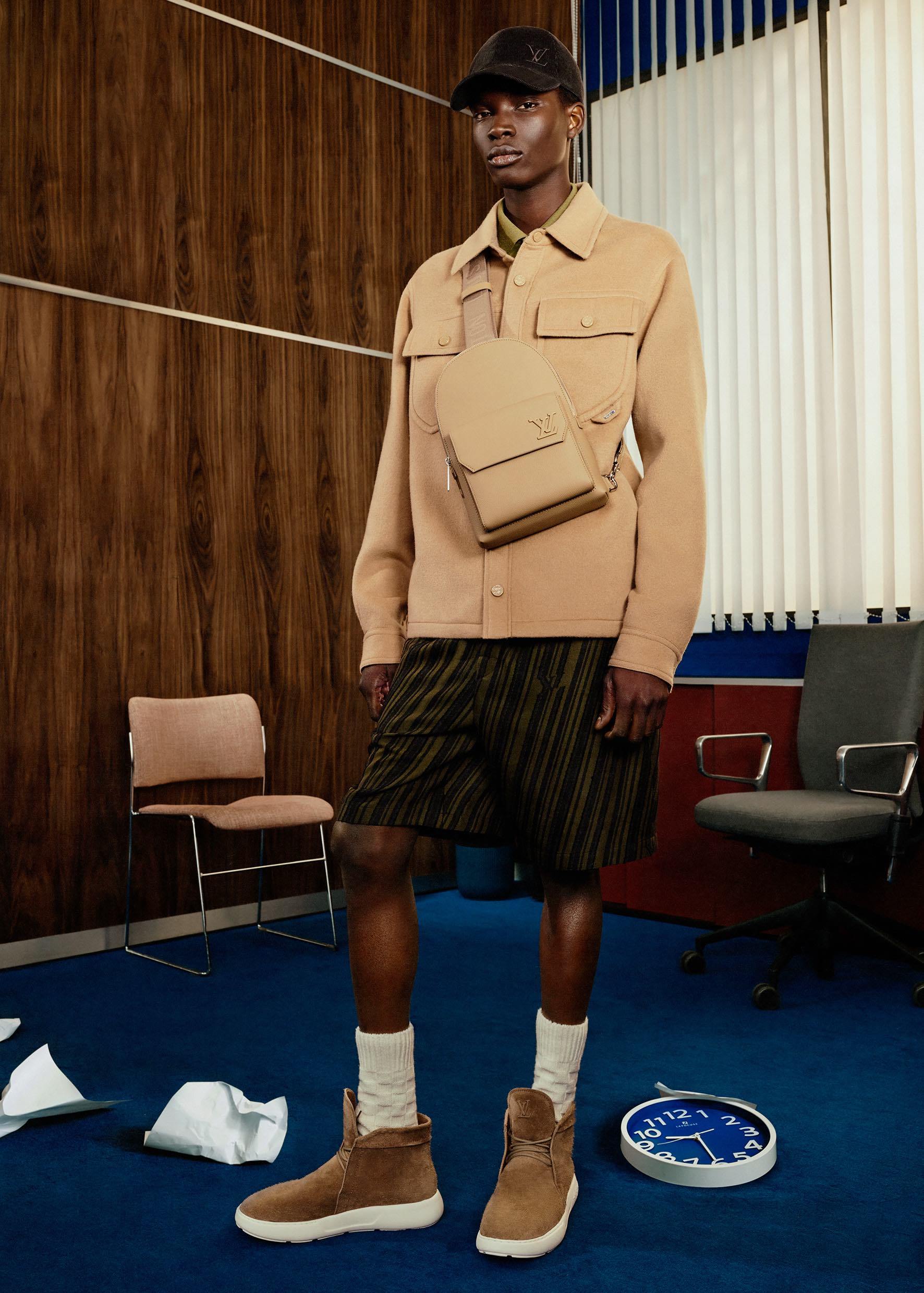
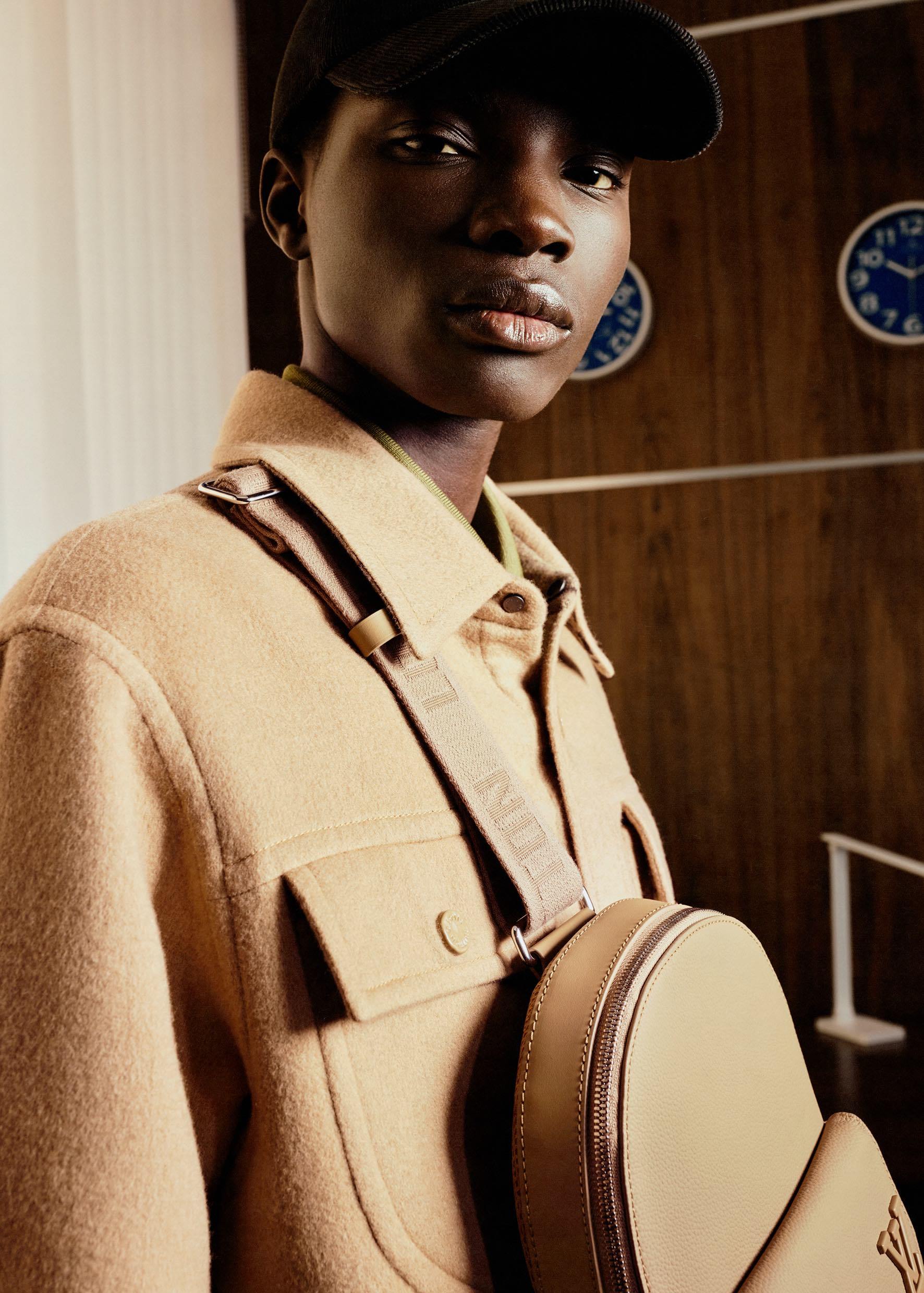
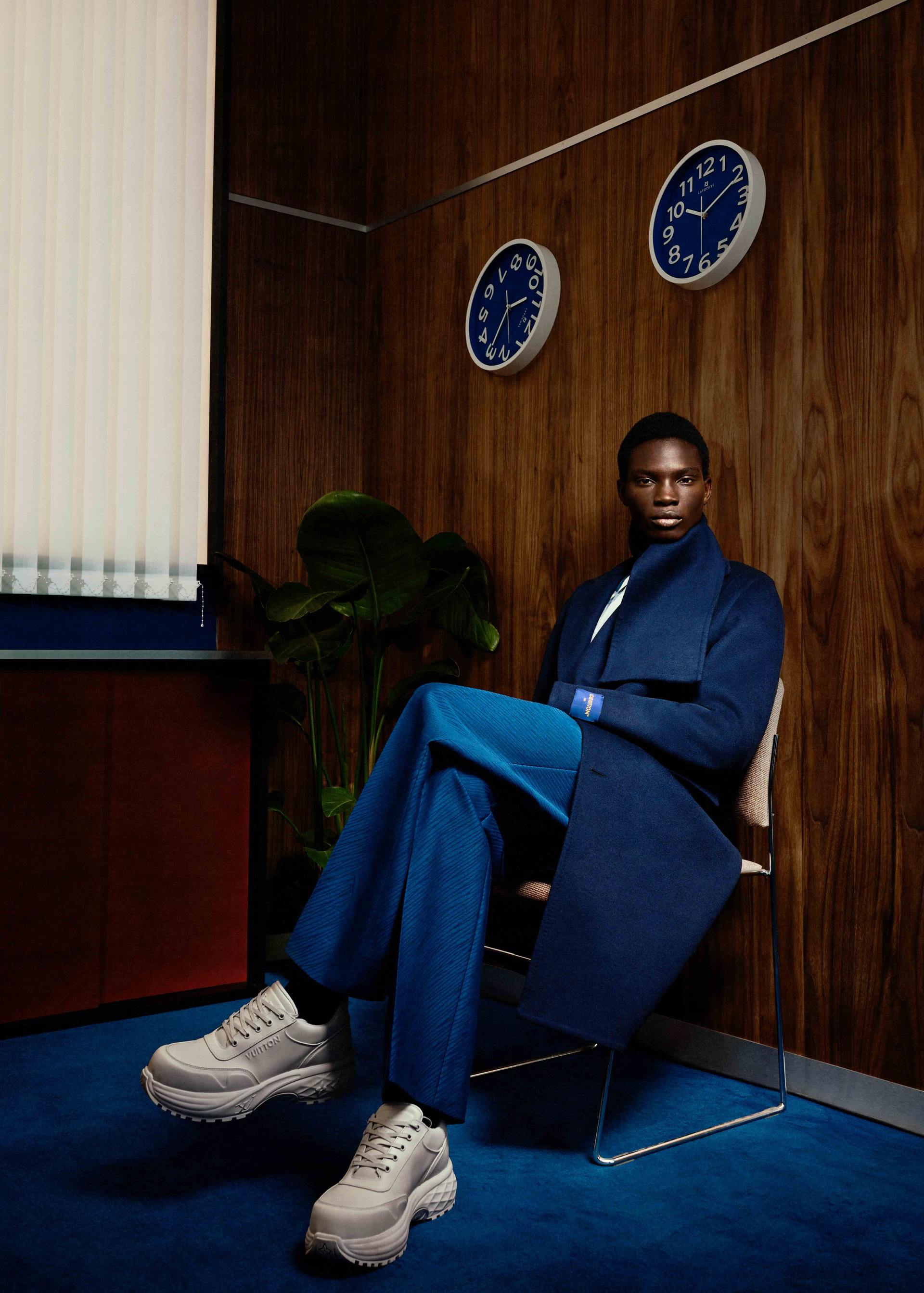
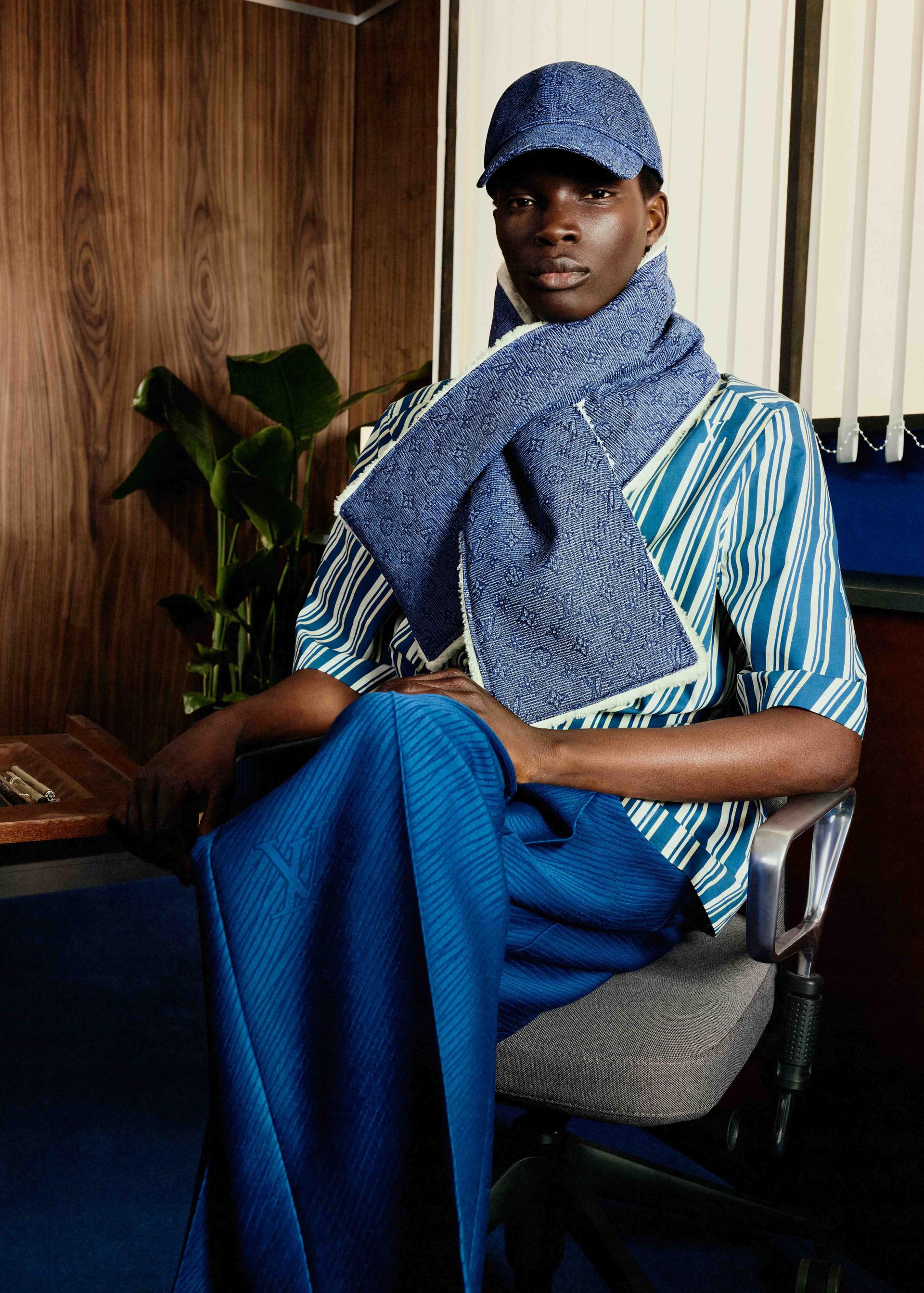
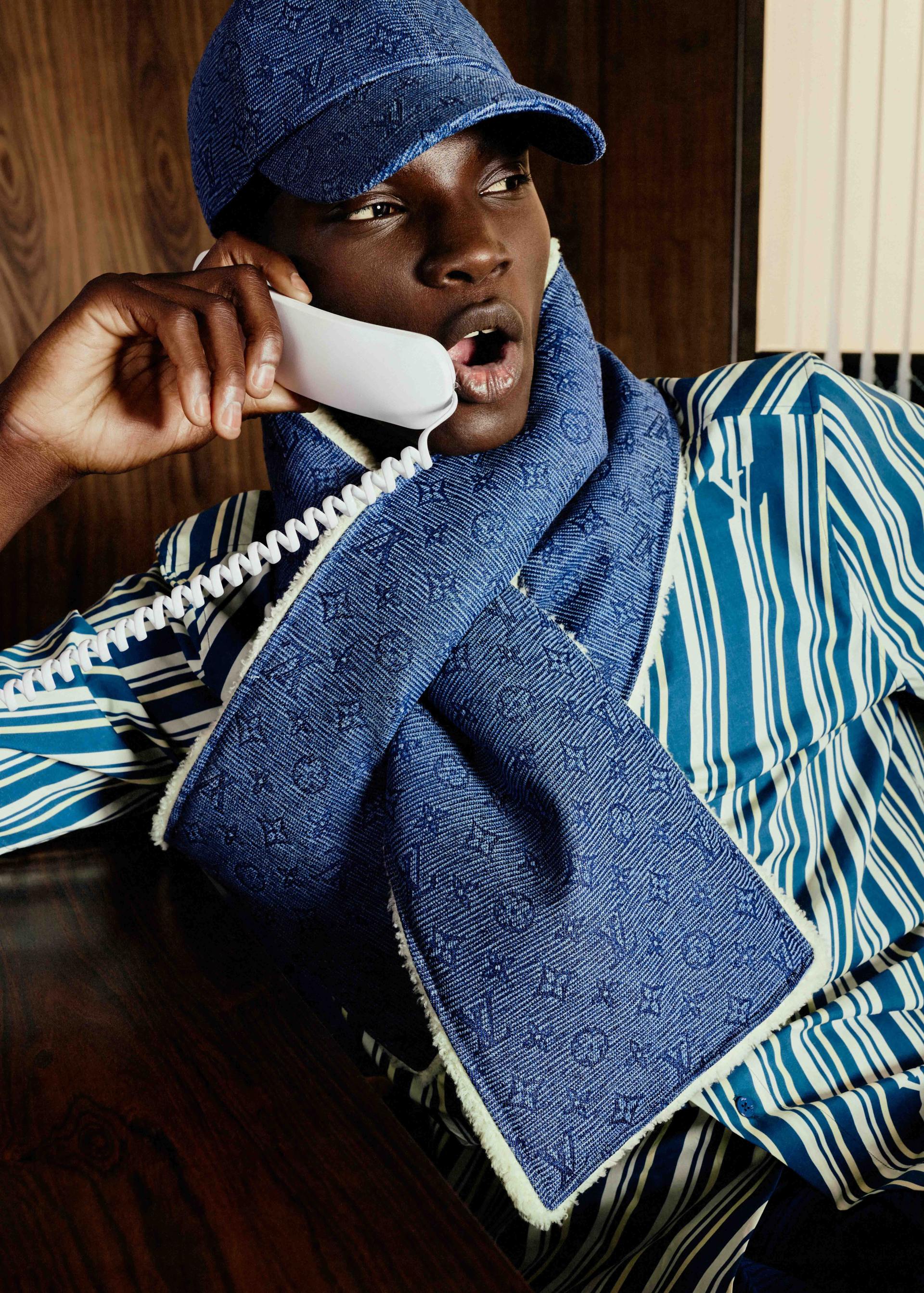
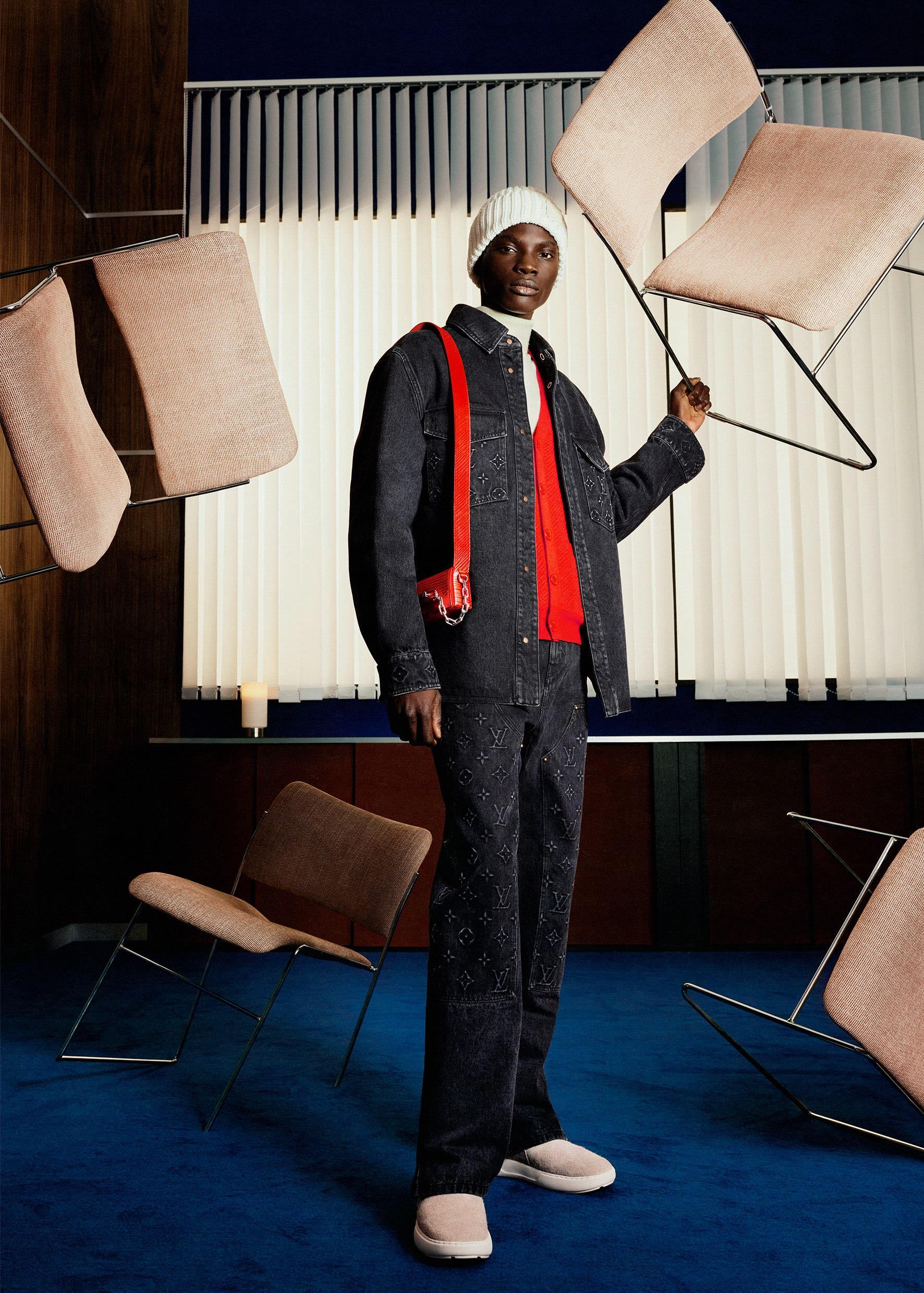
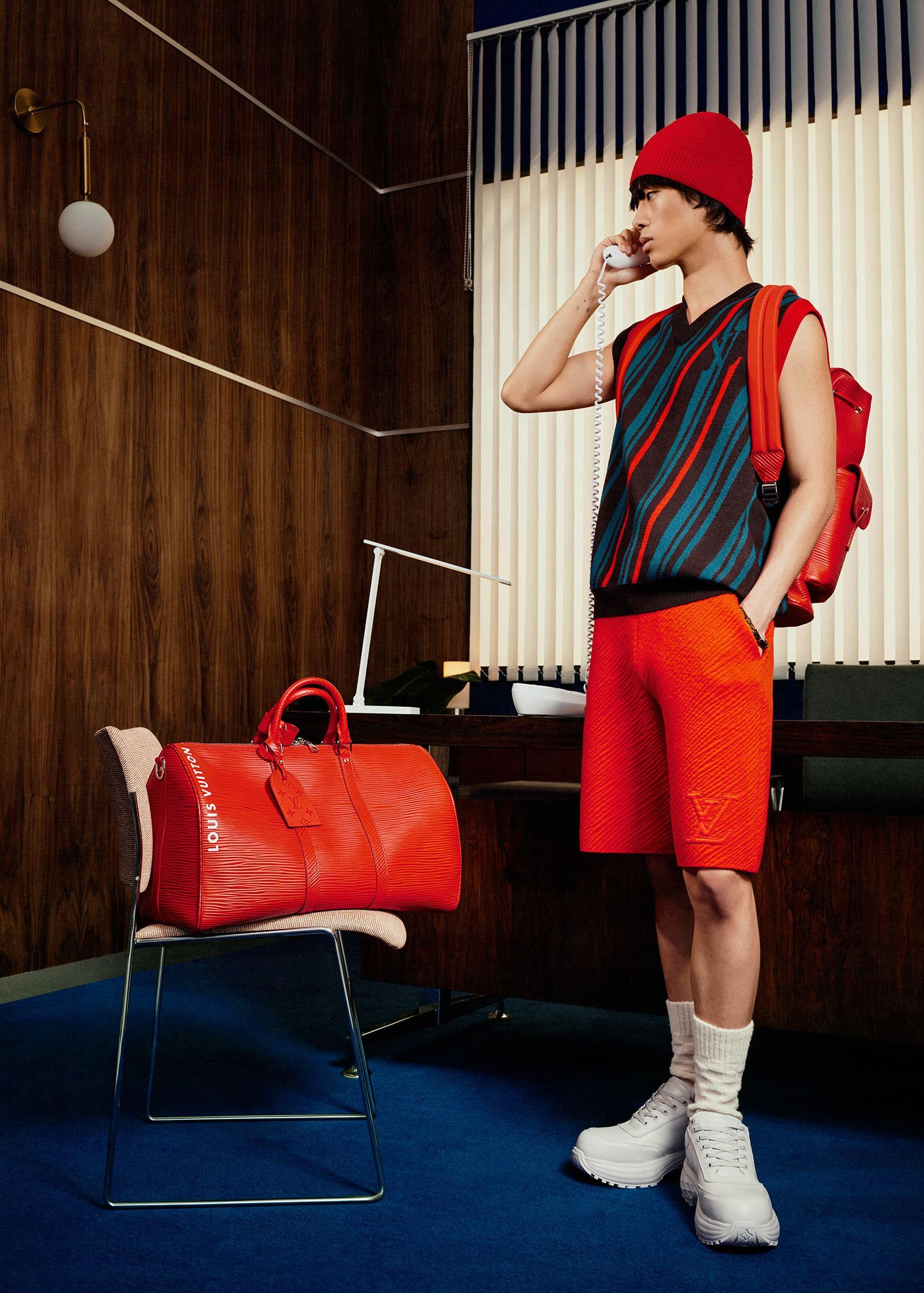
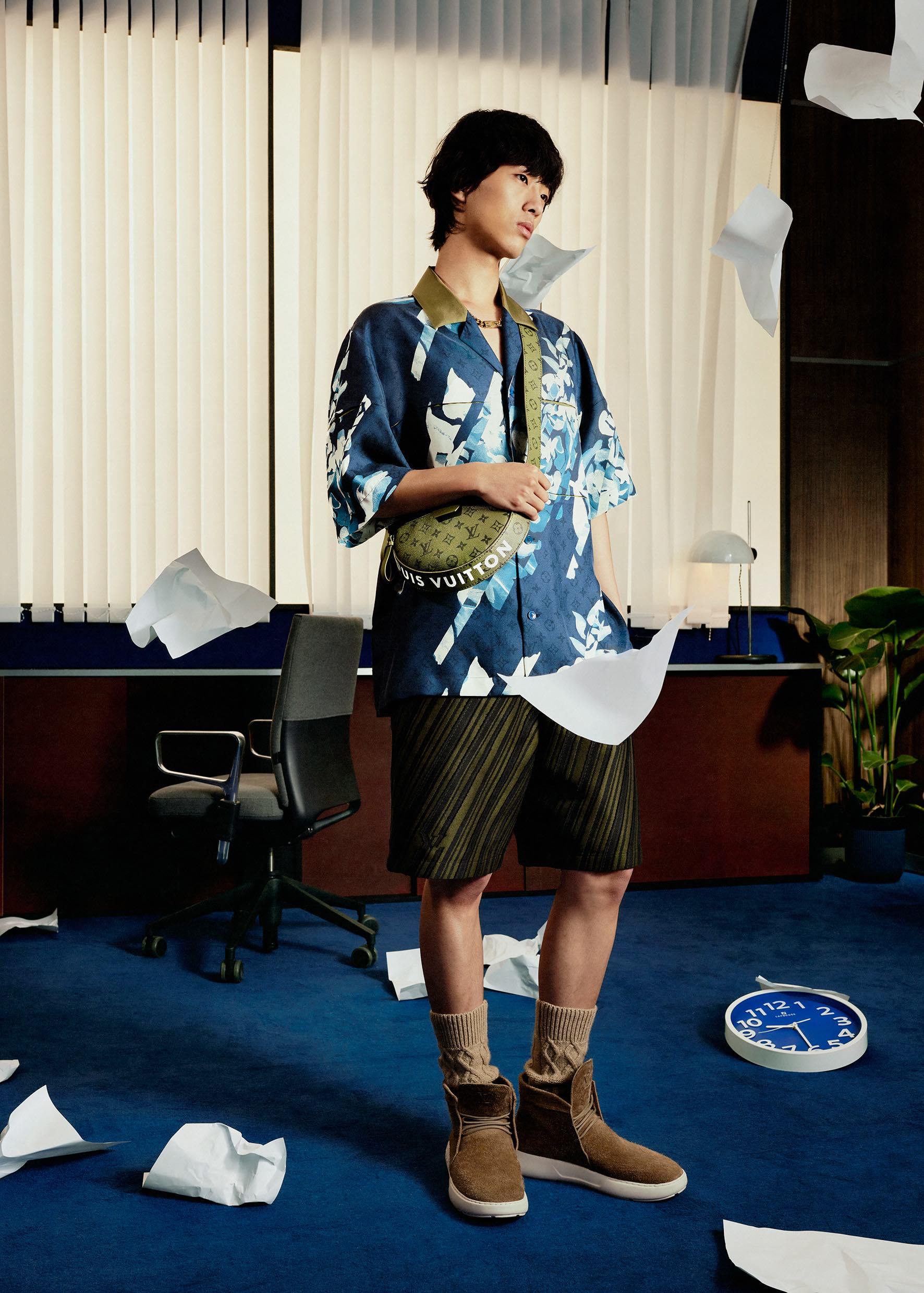
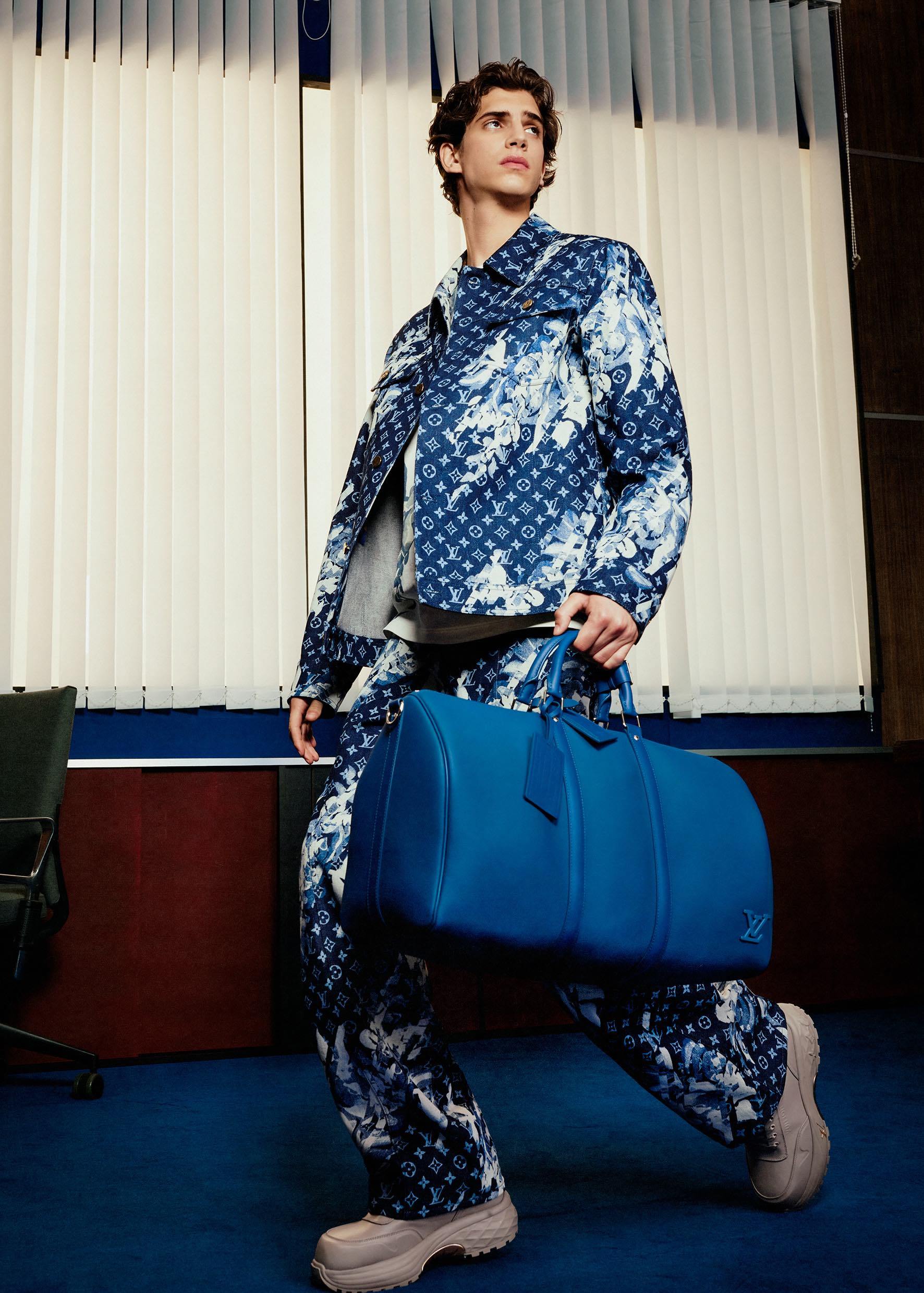
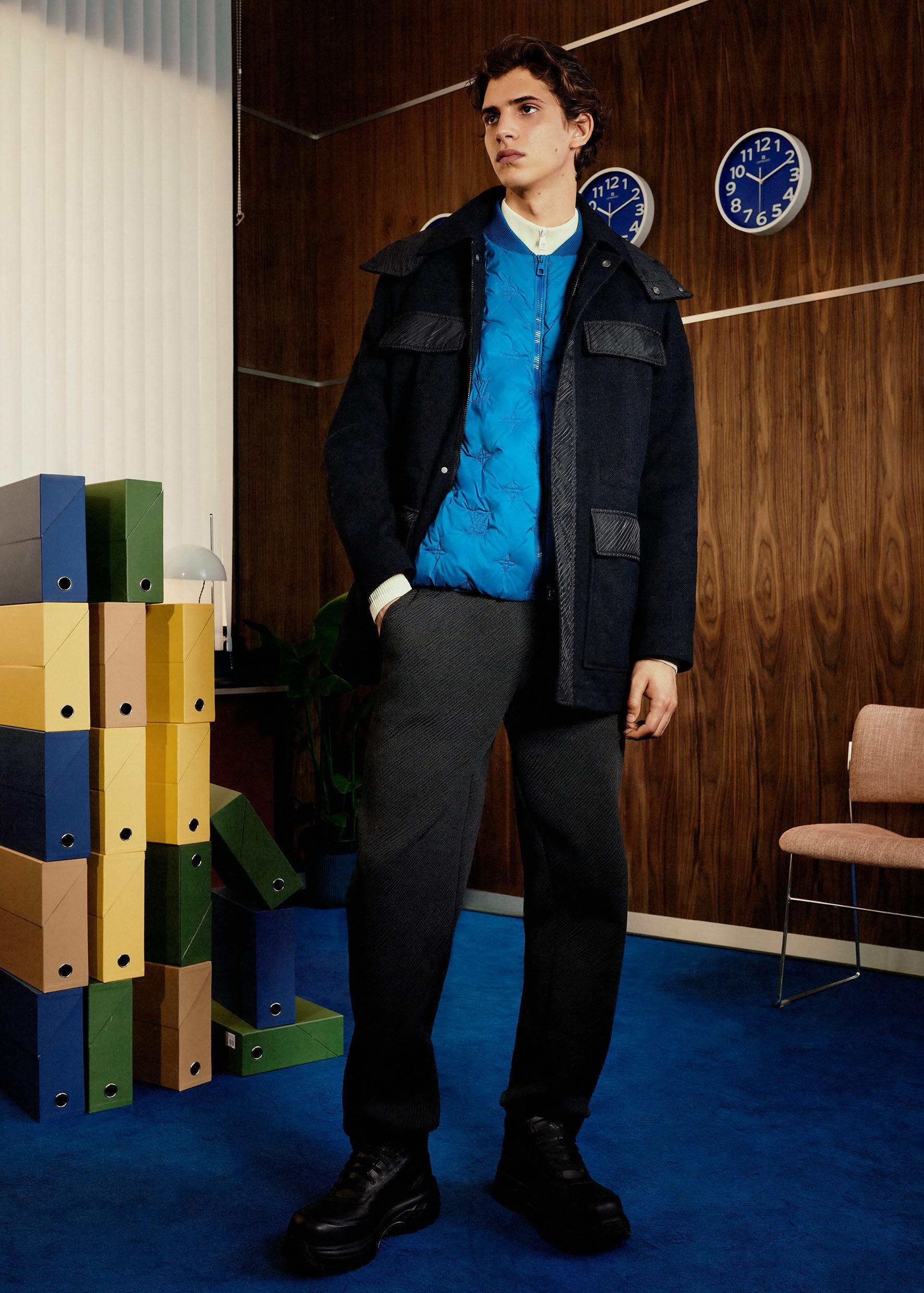

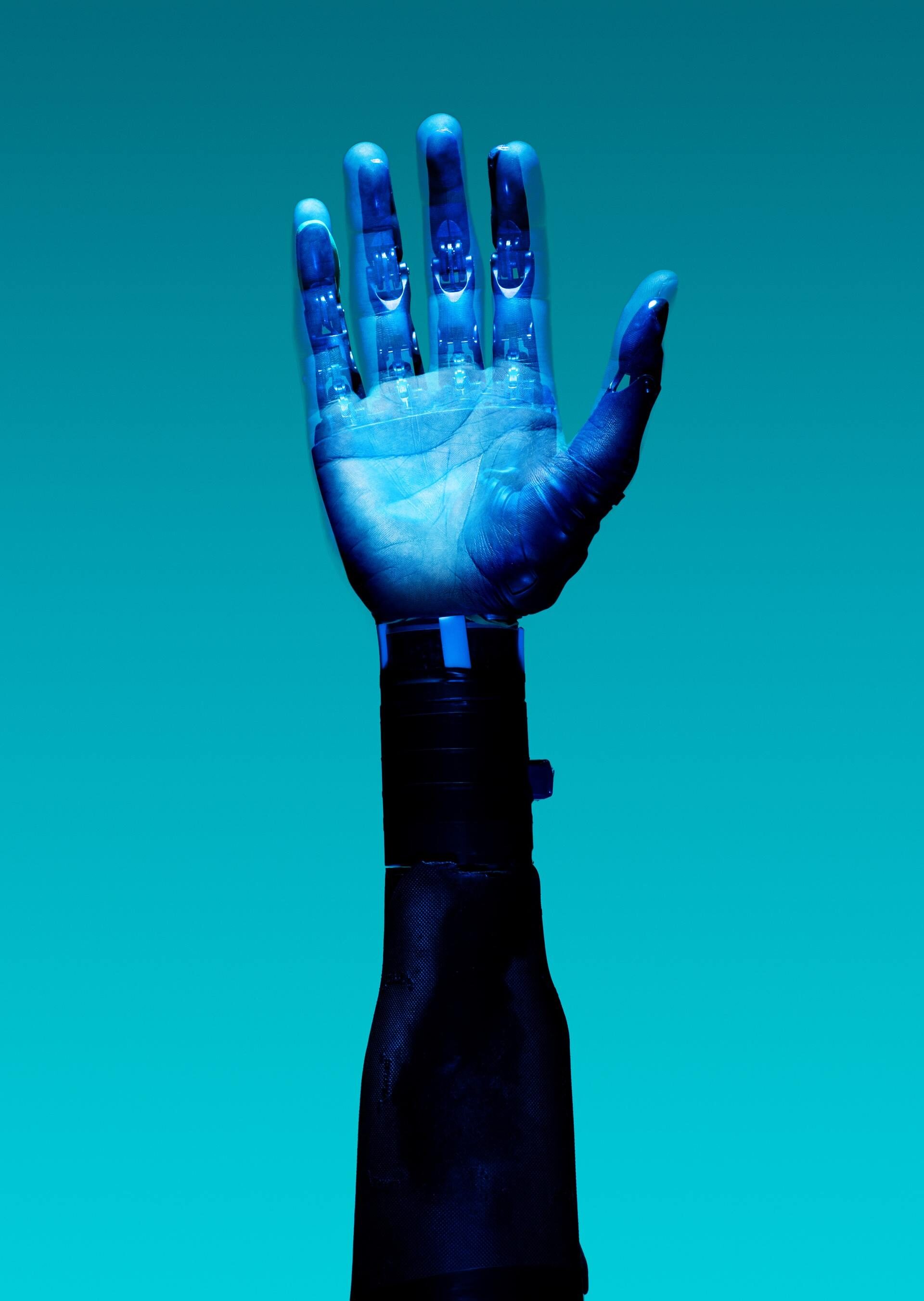
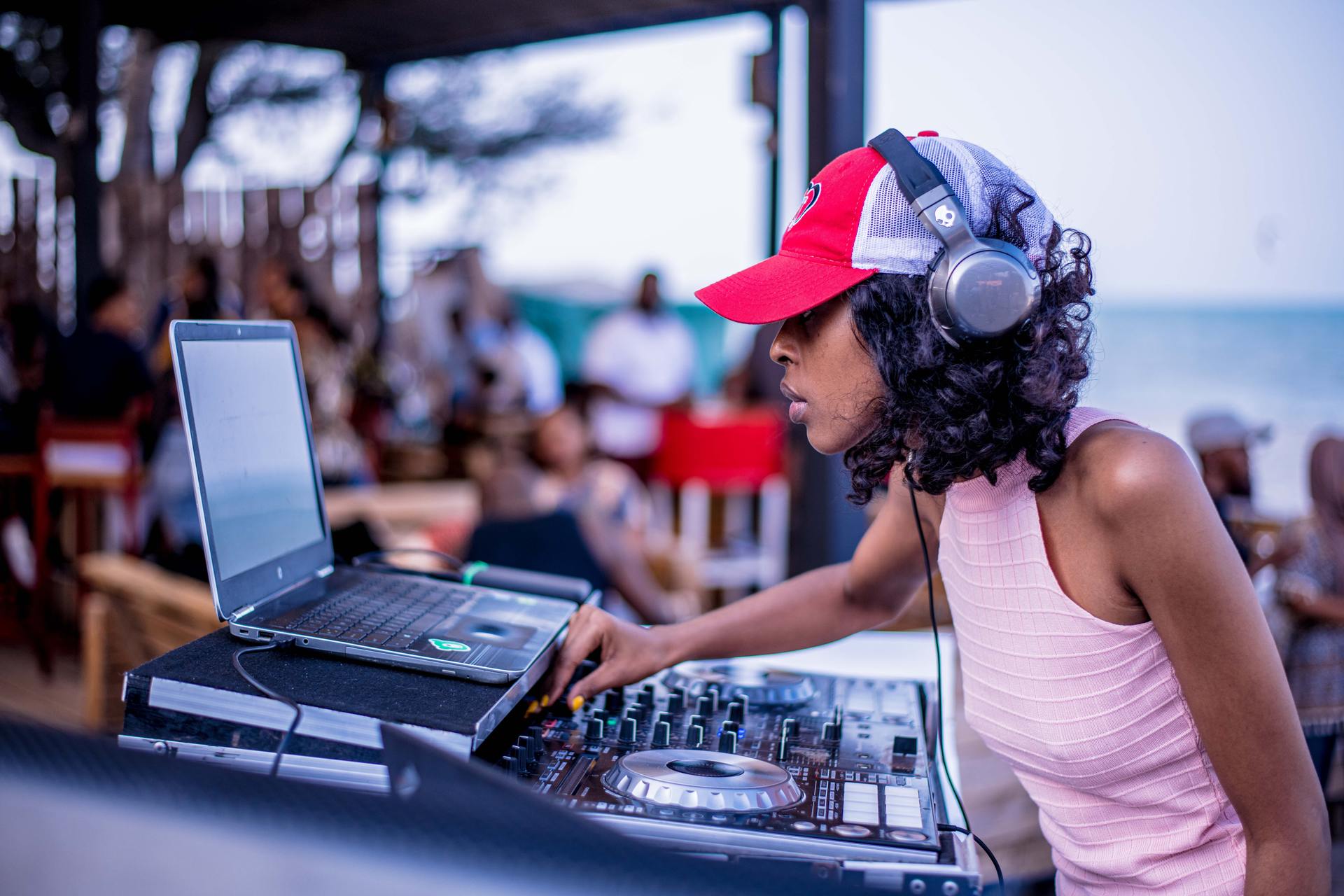


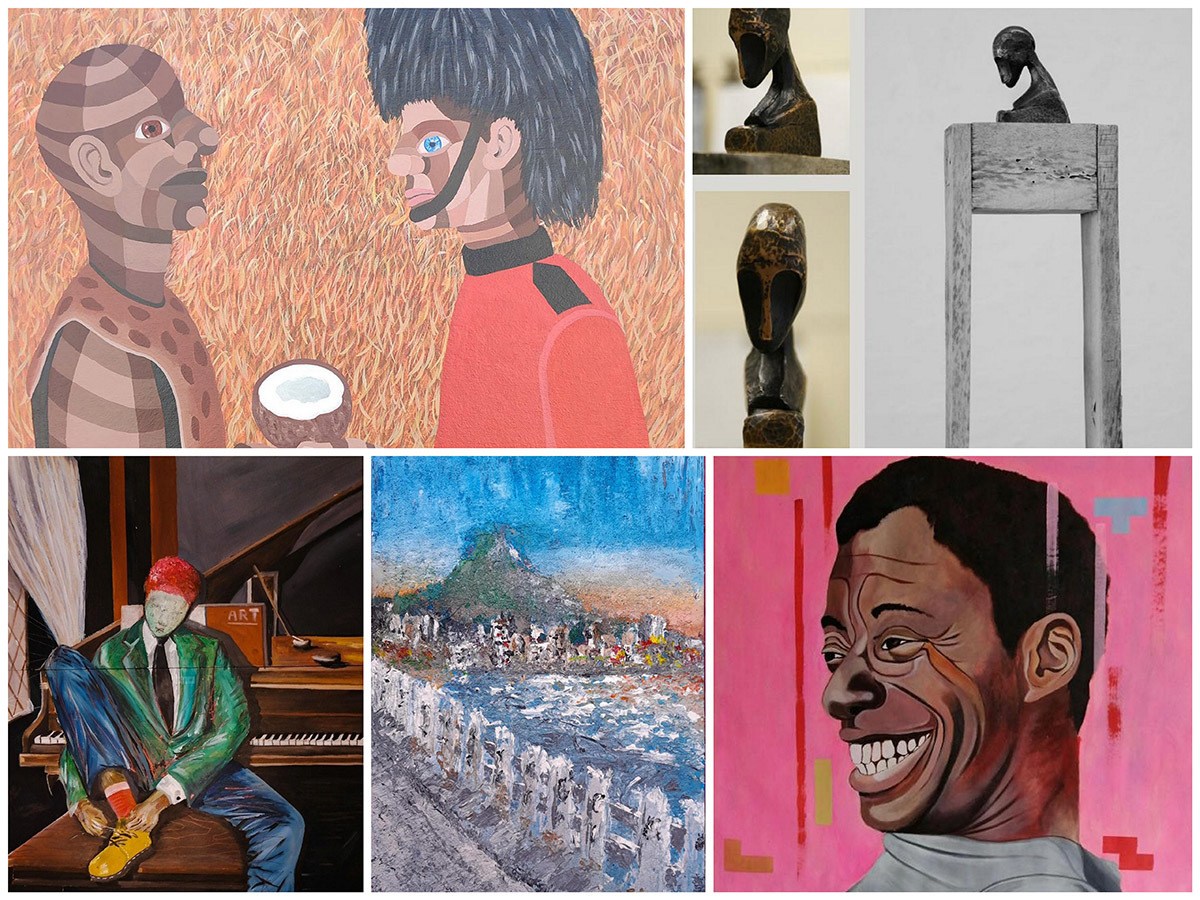

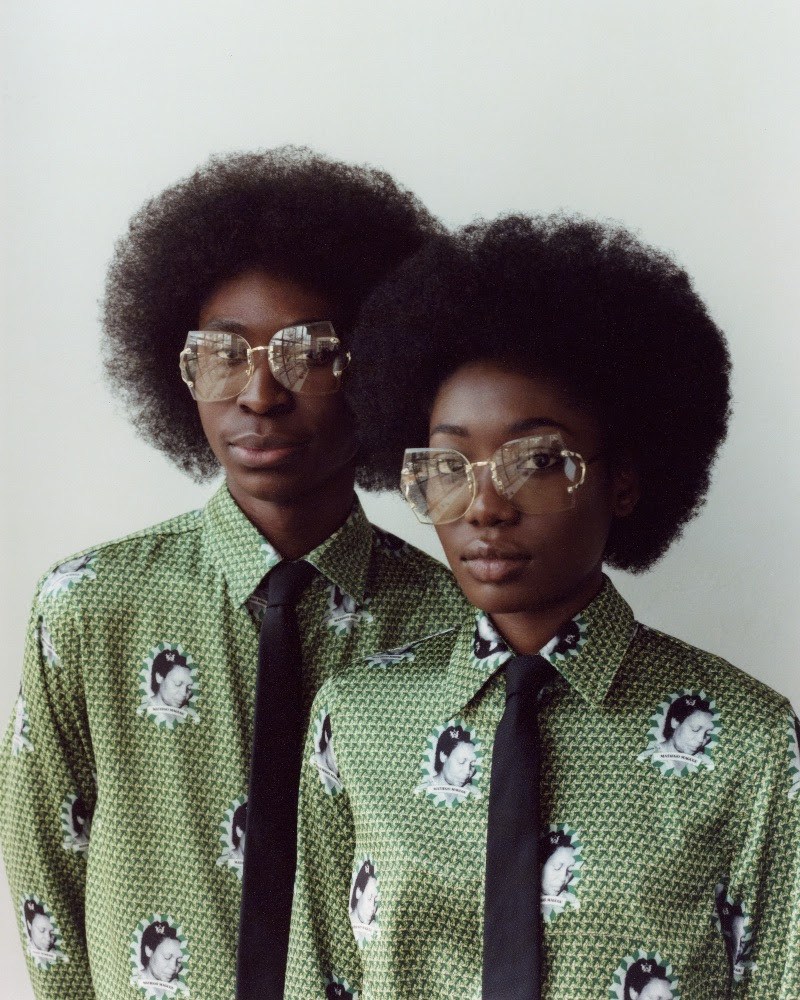
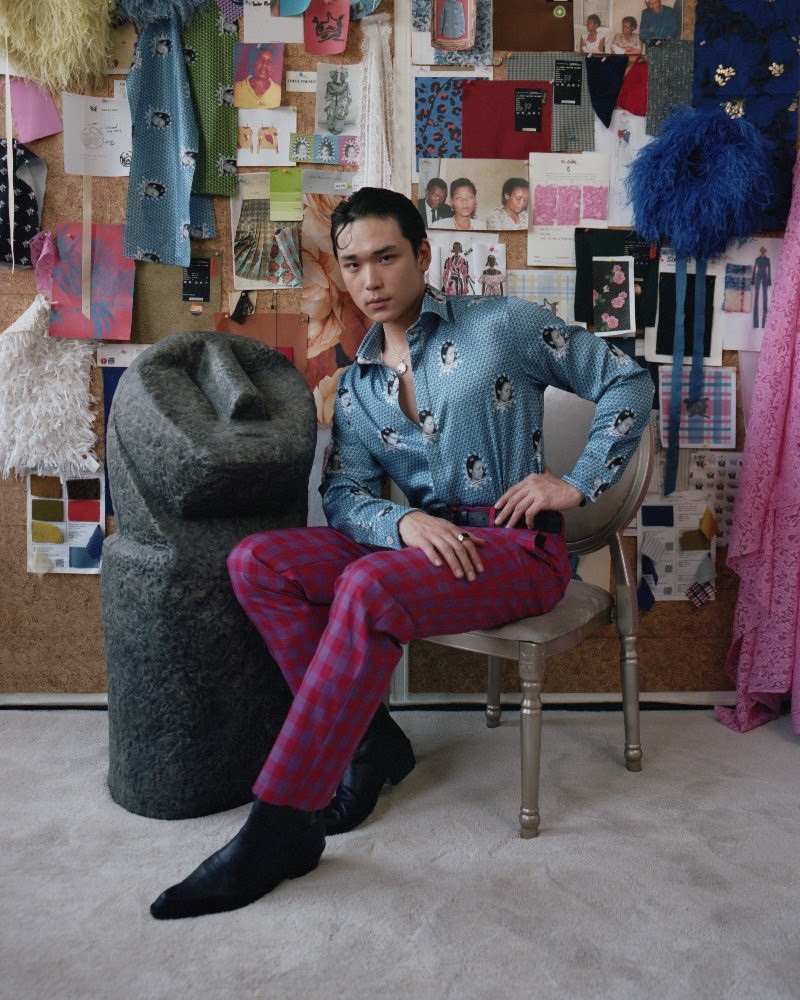

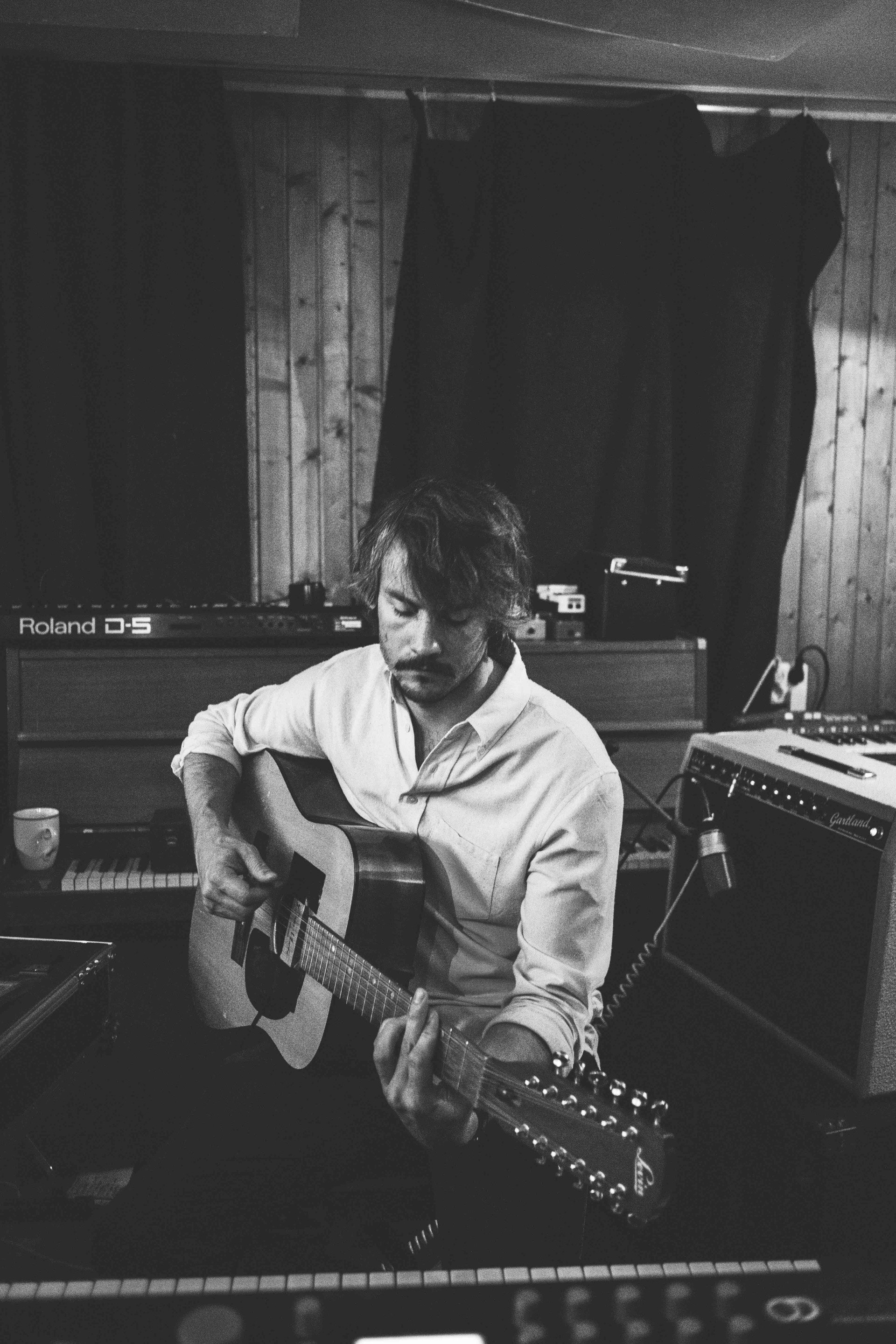
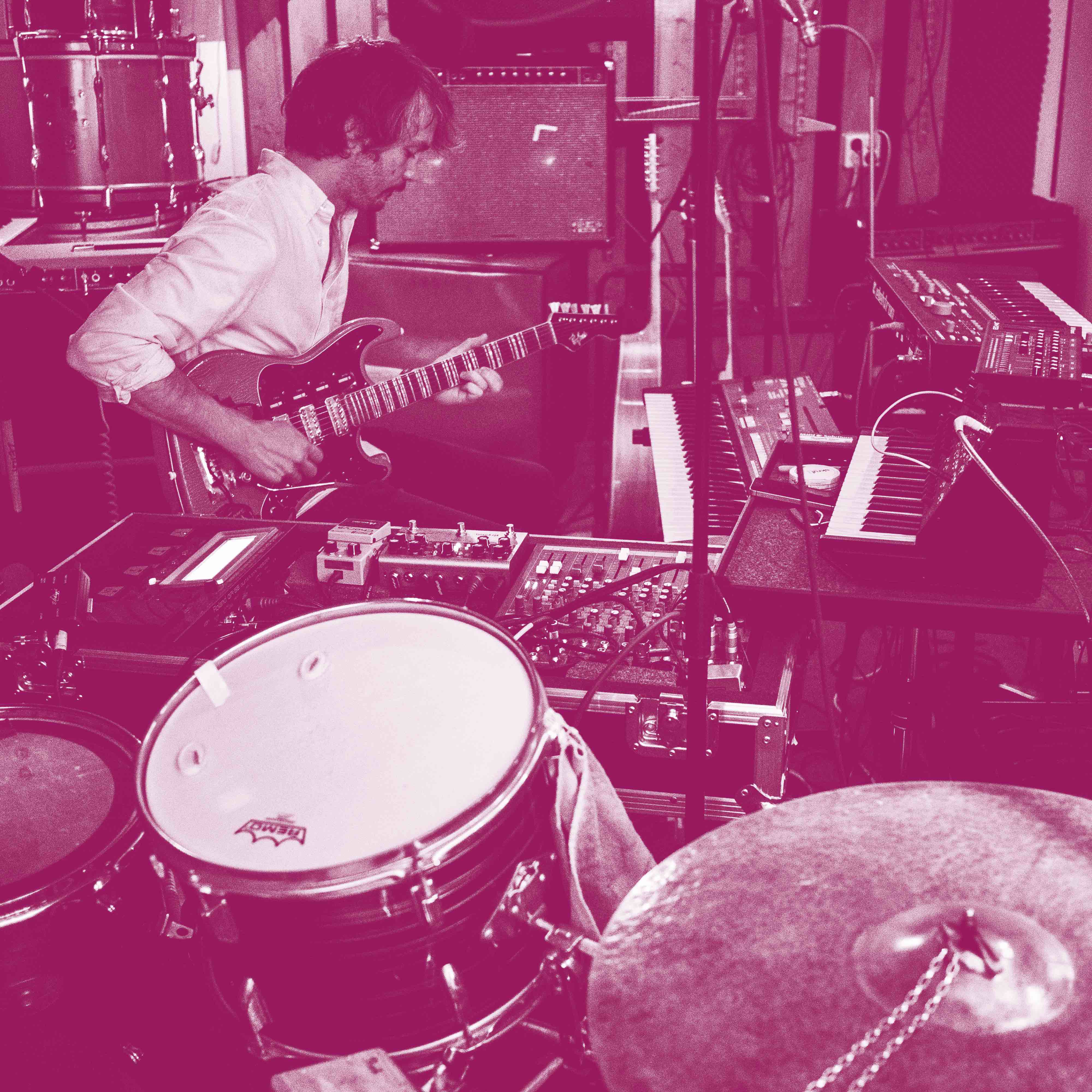

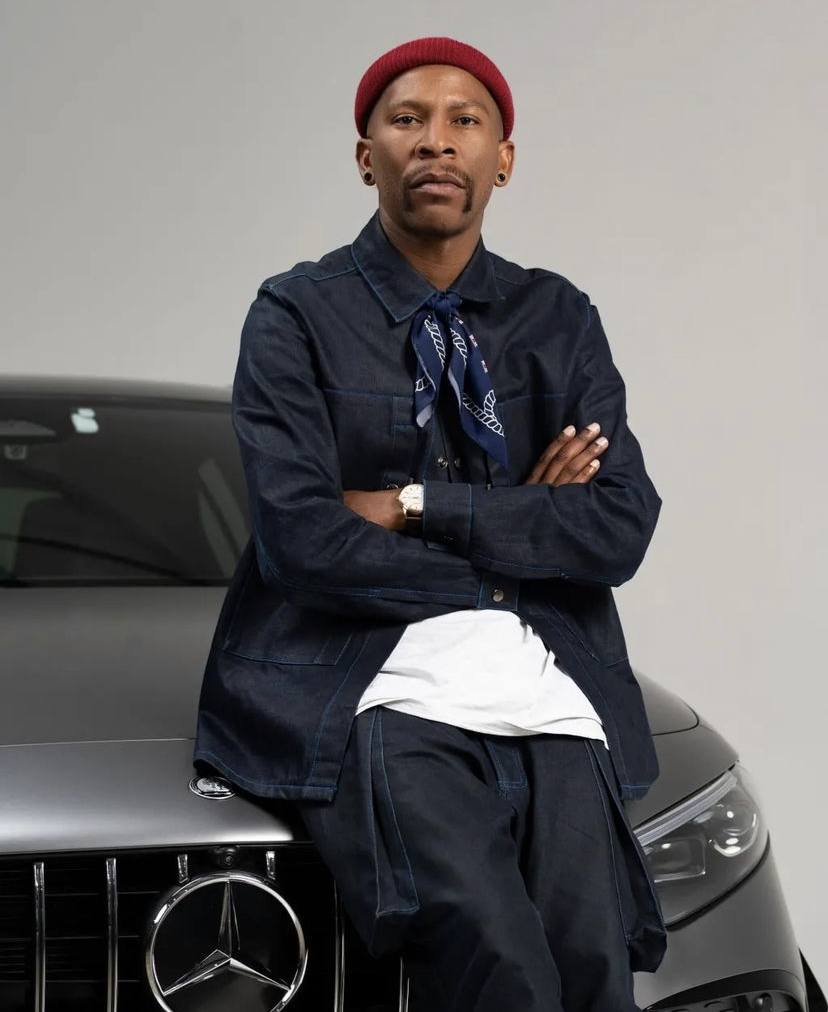



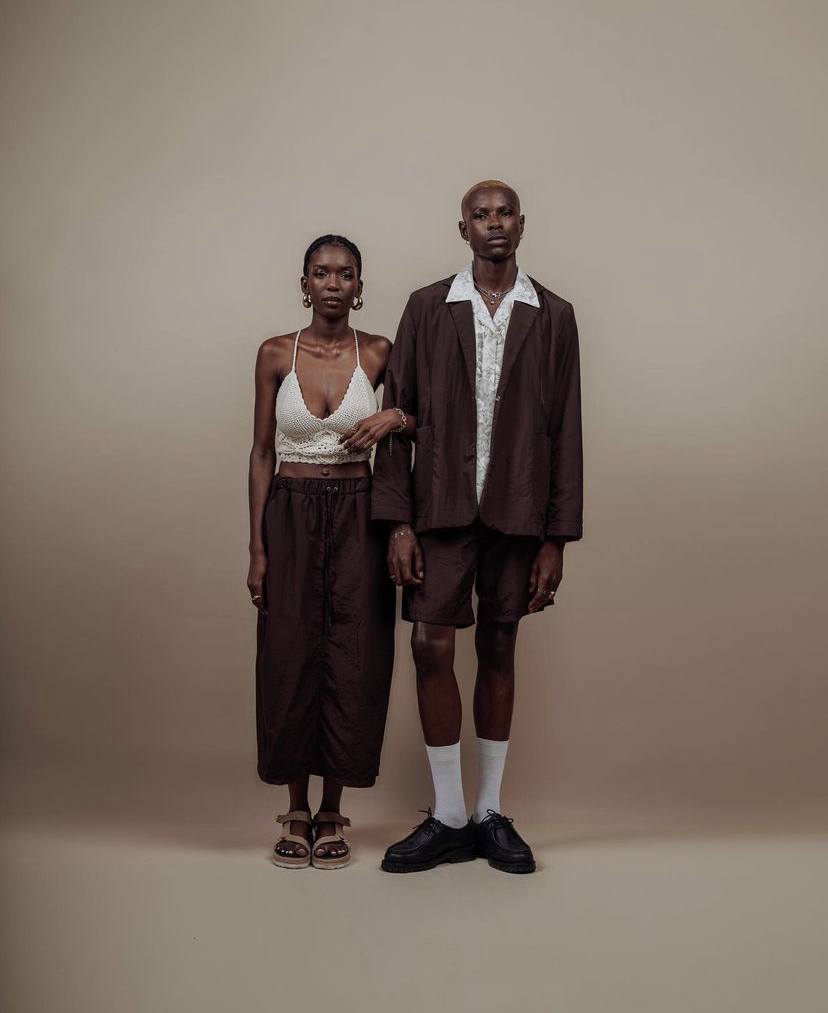





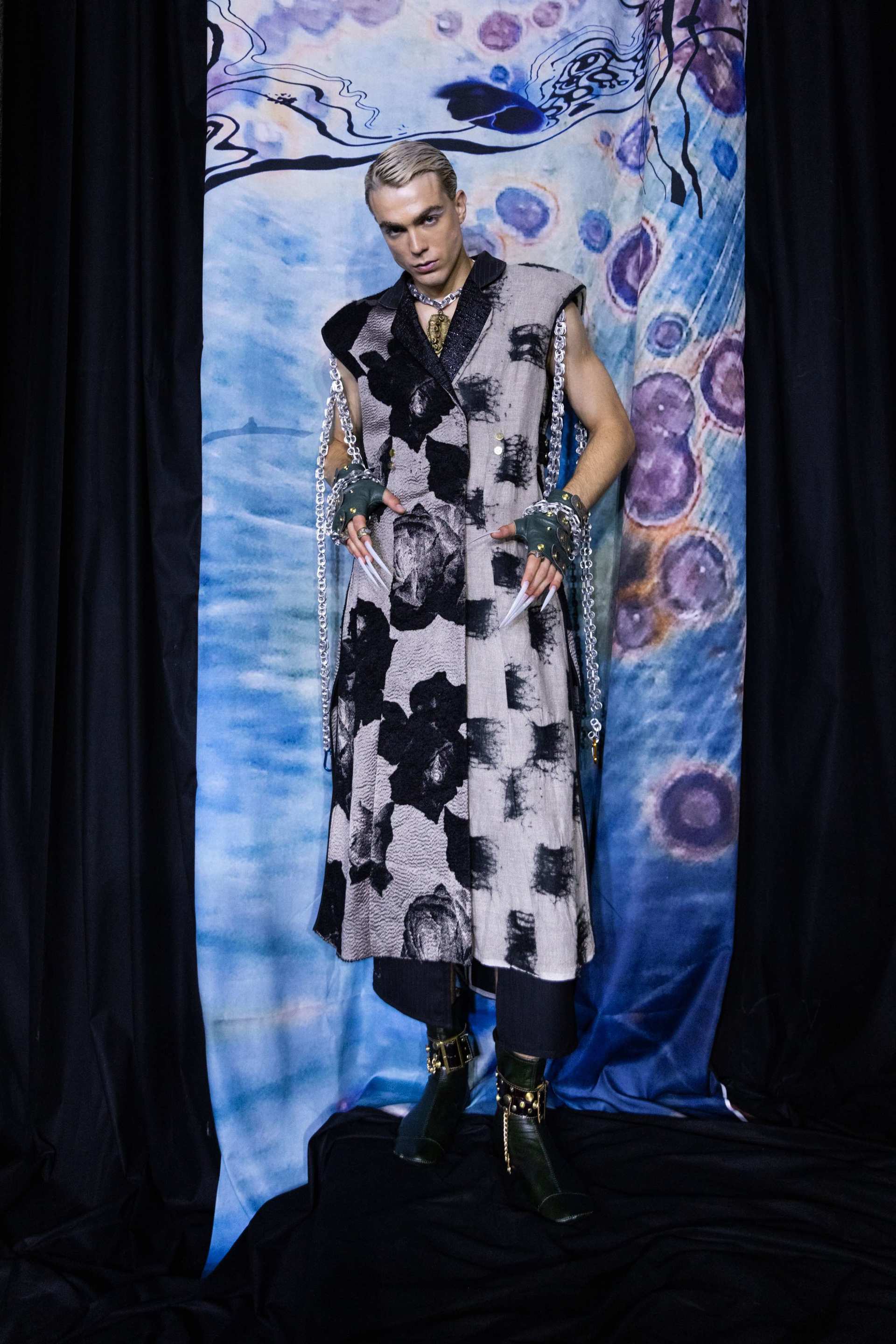

















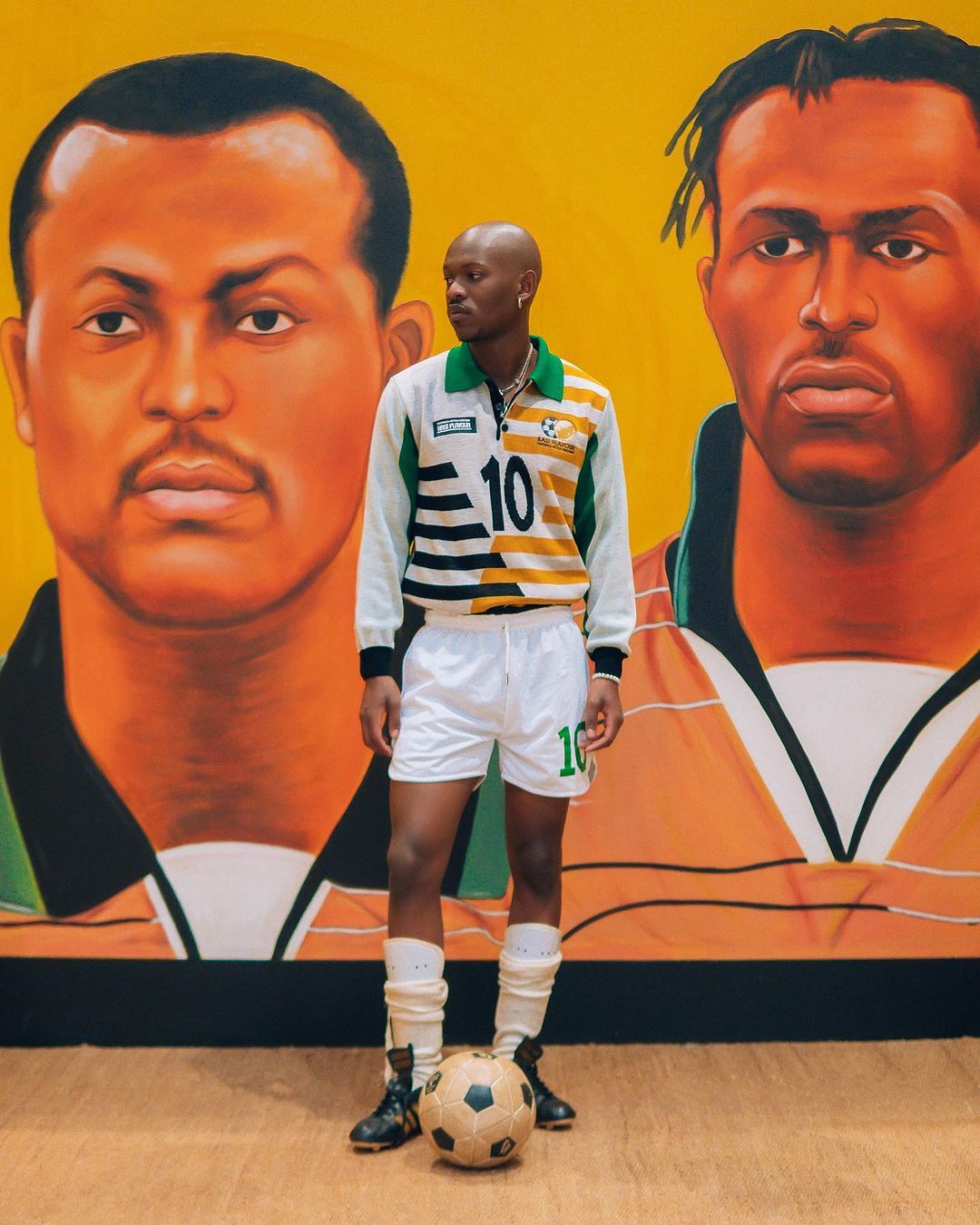
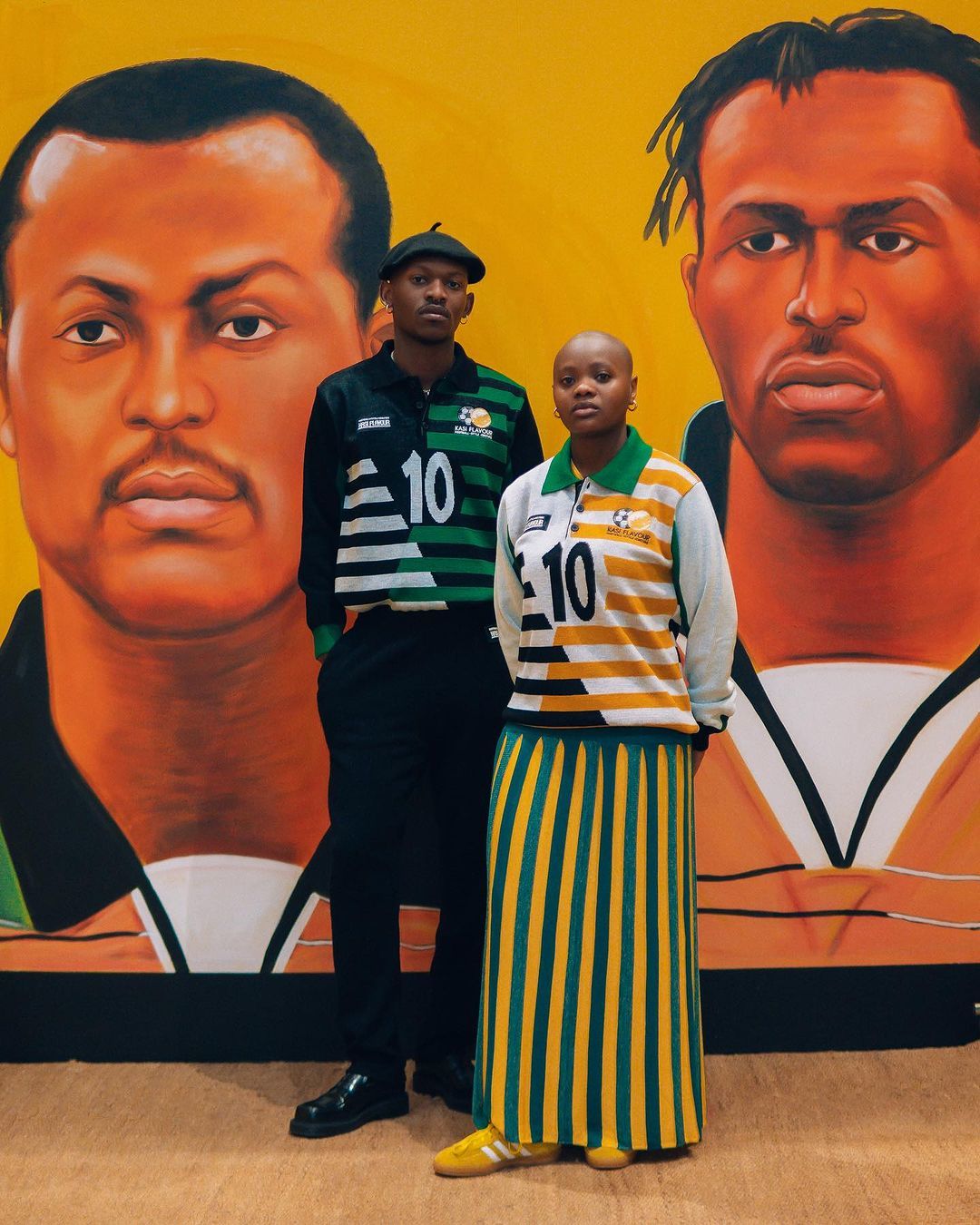
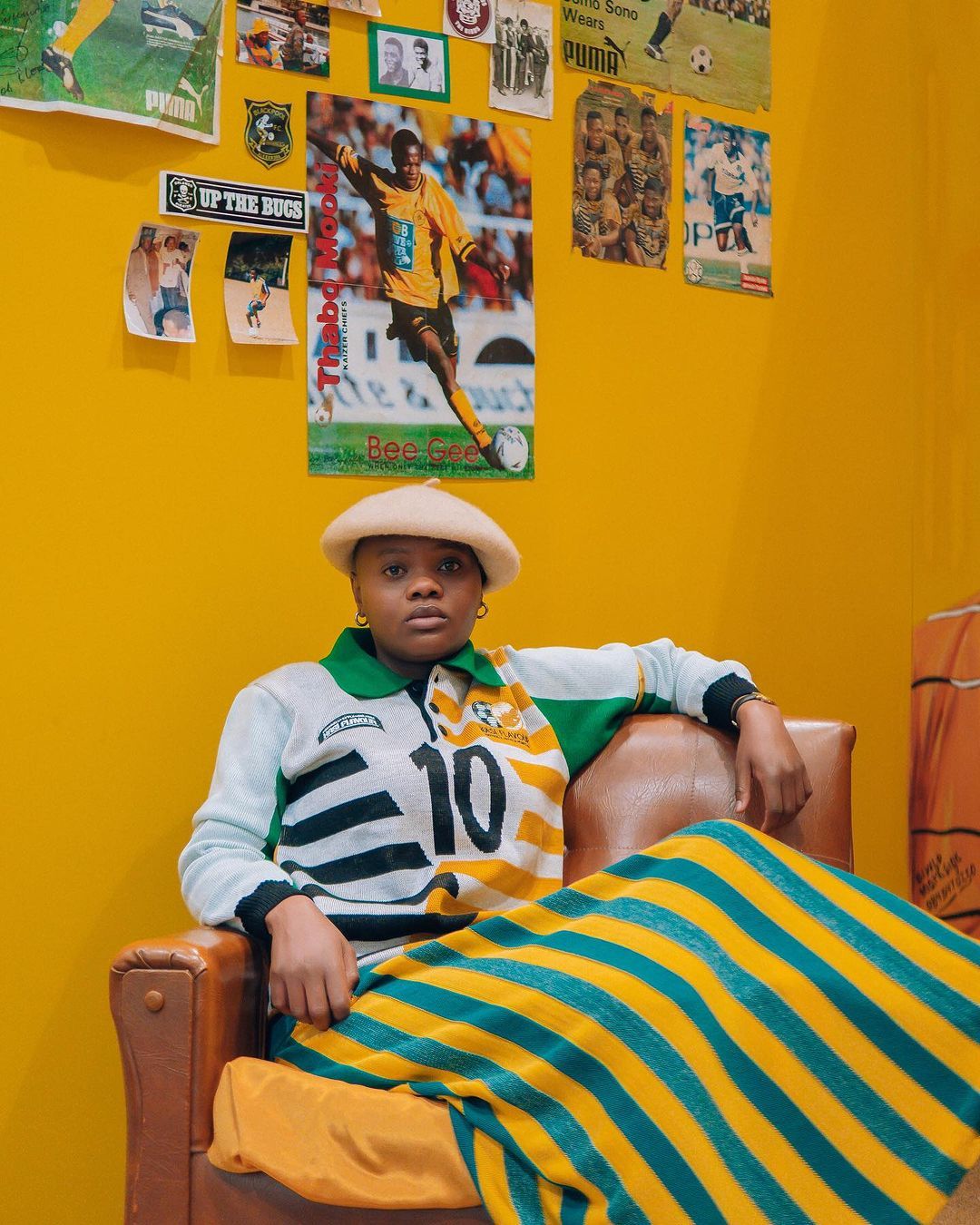
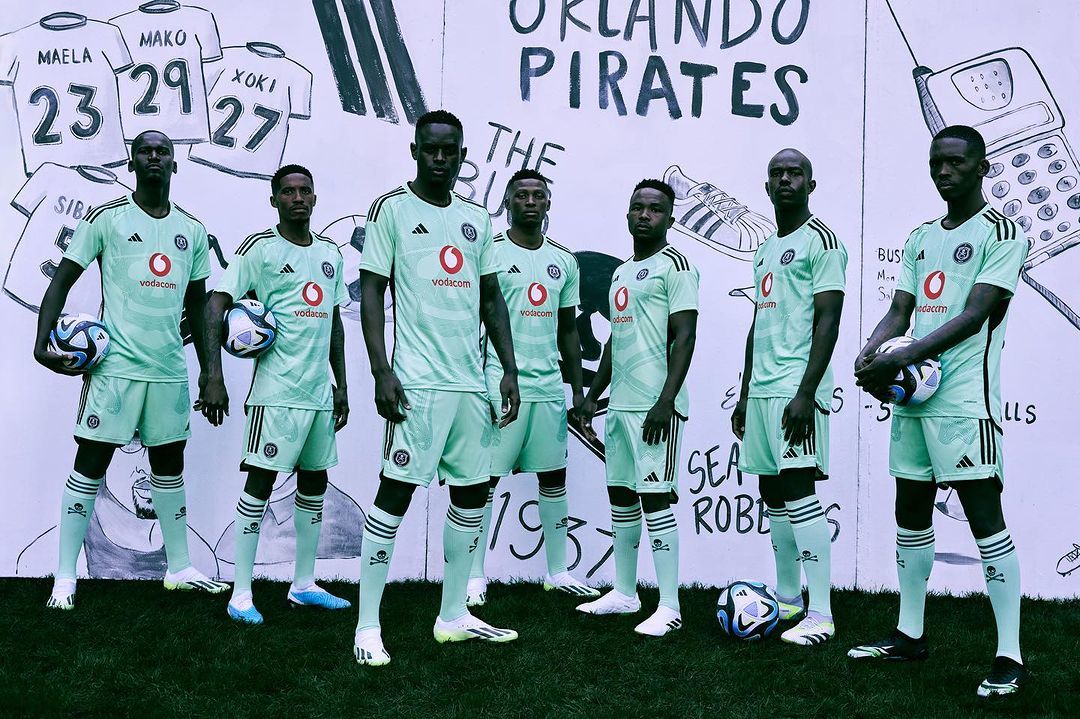
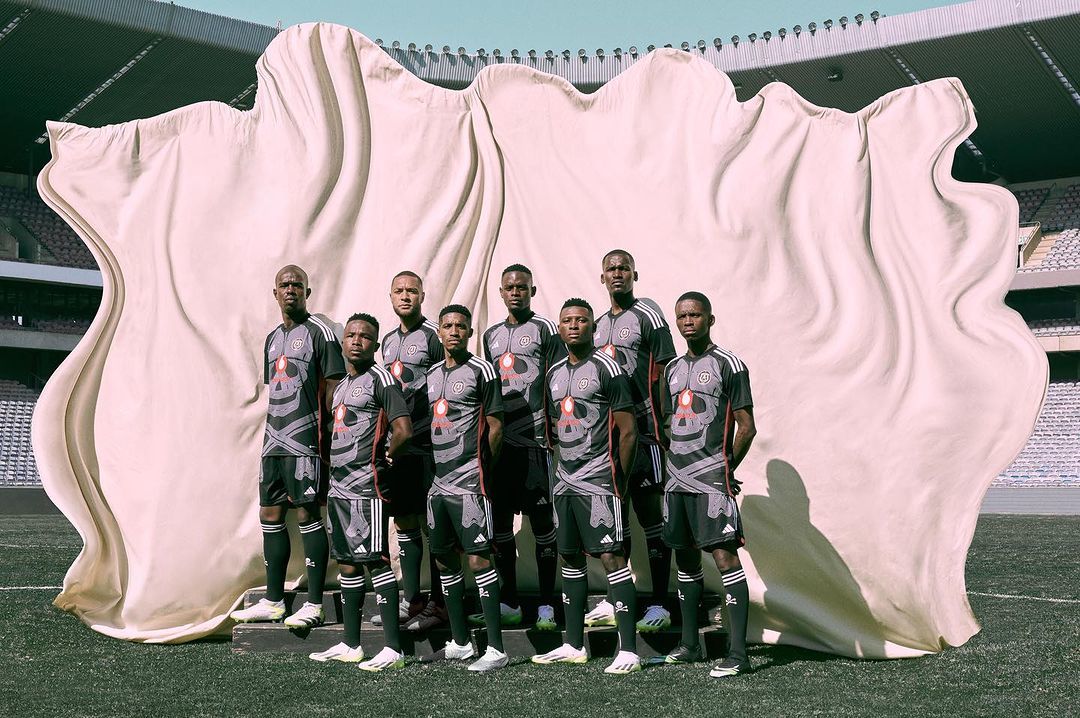
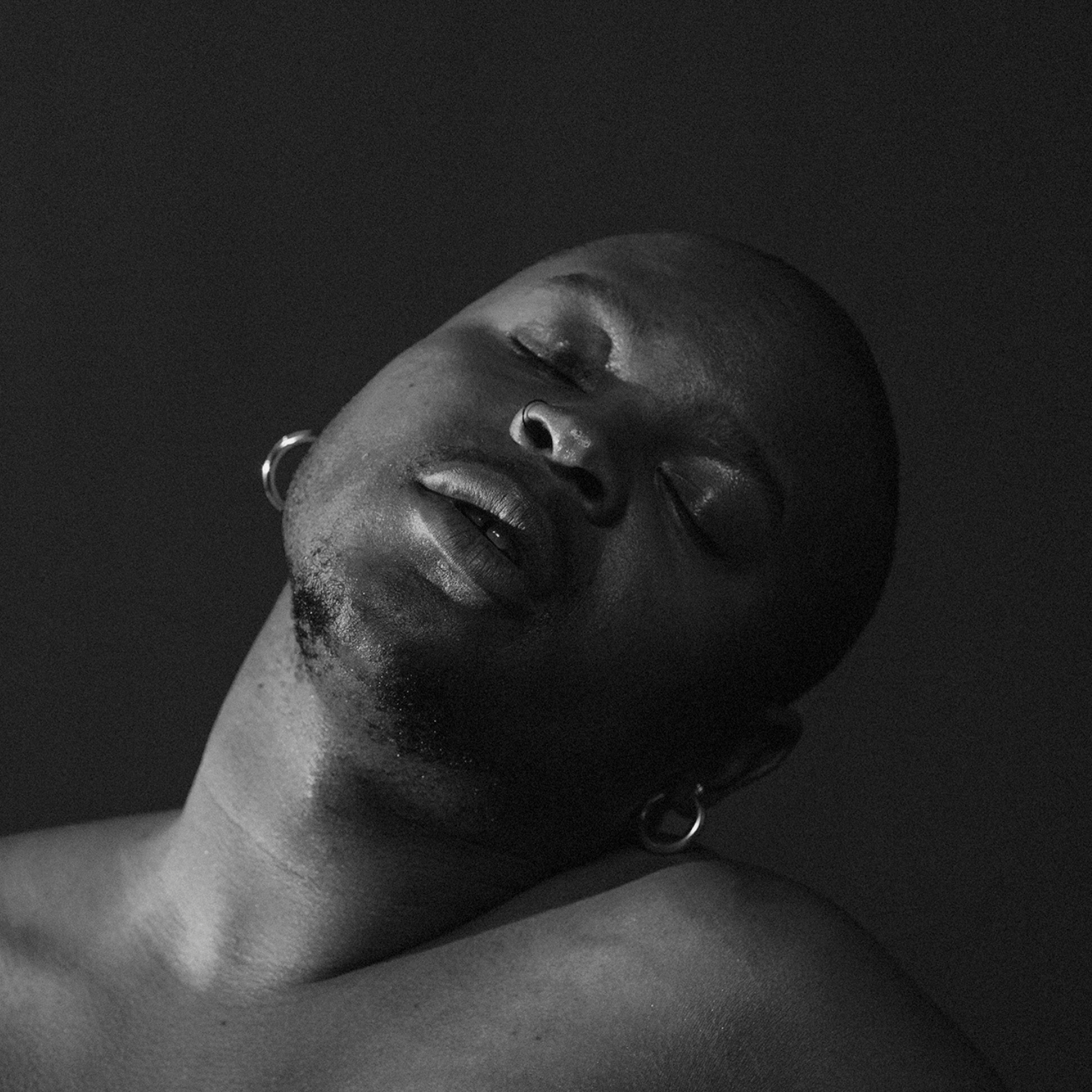

Recent Comments